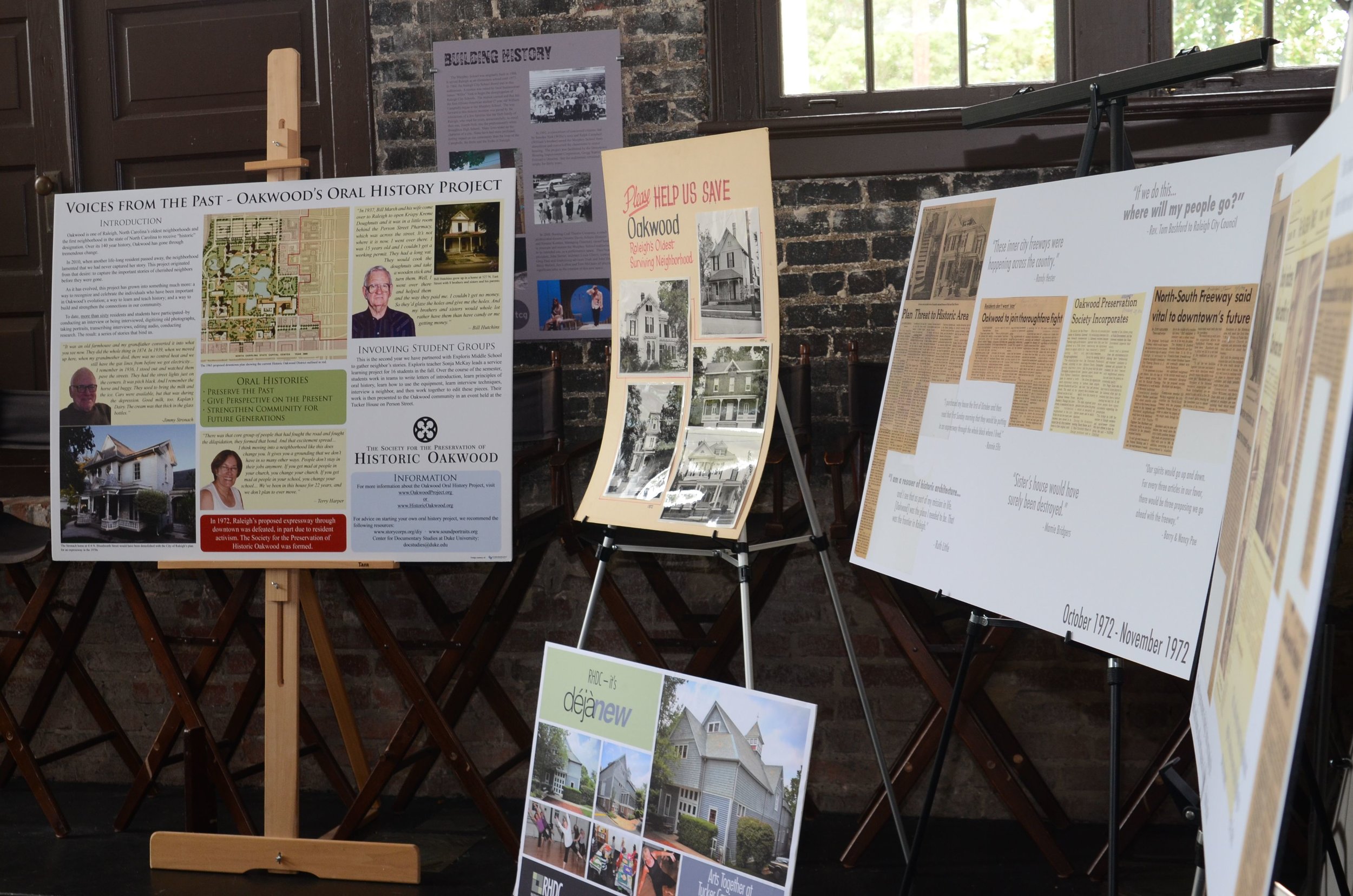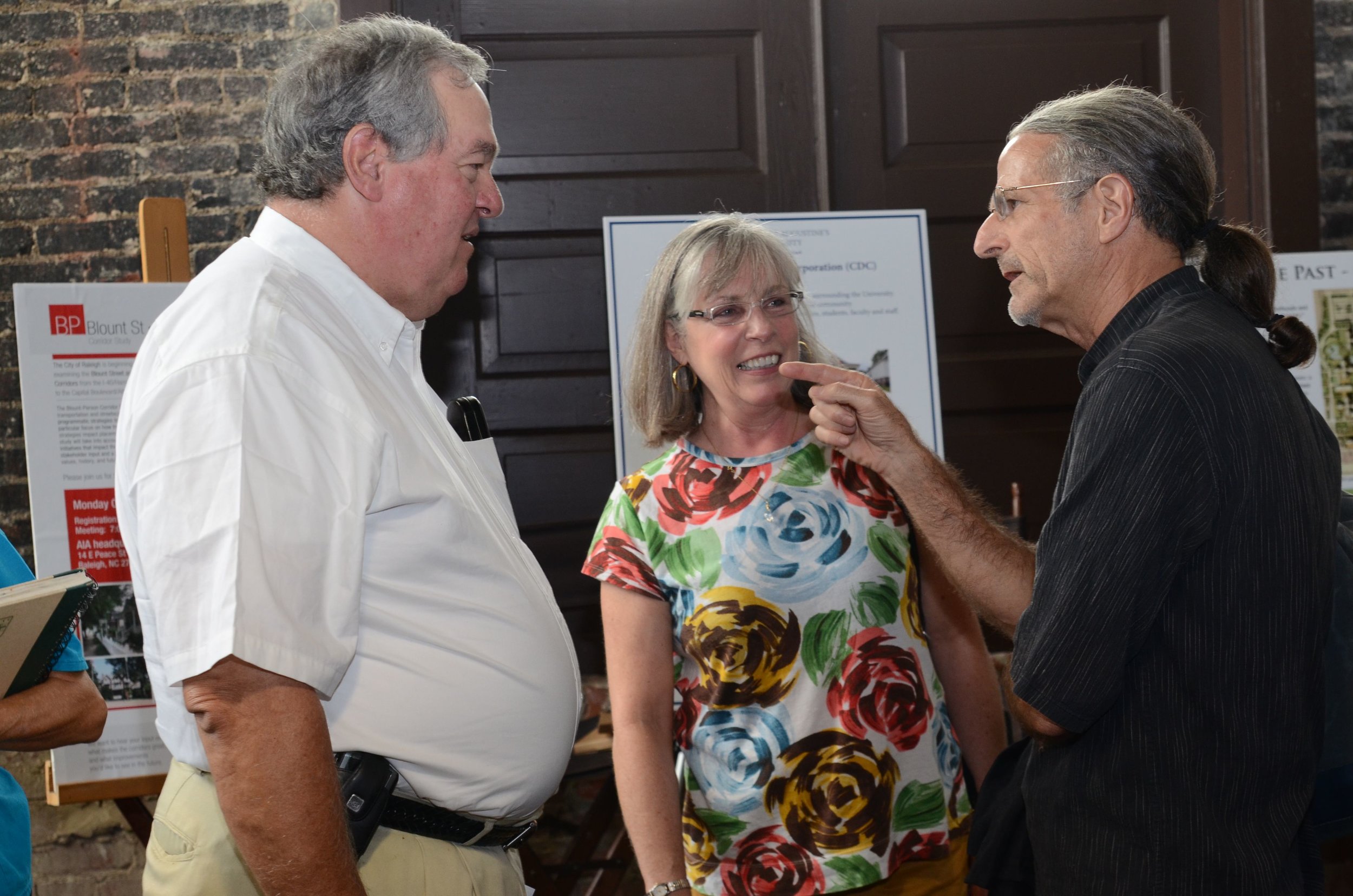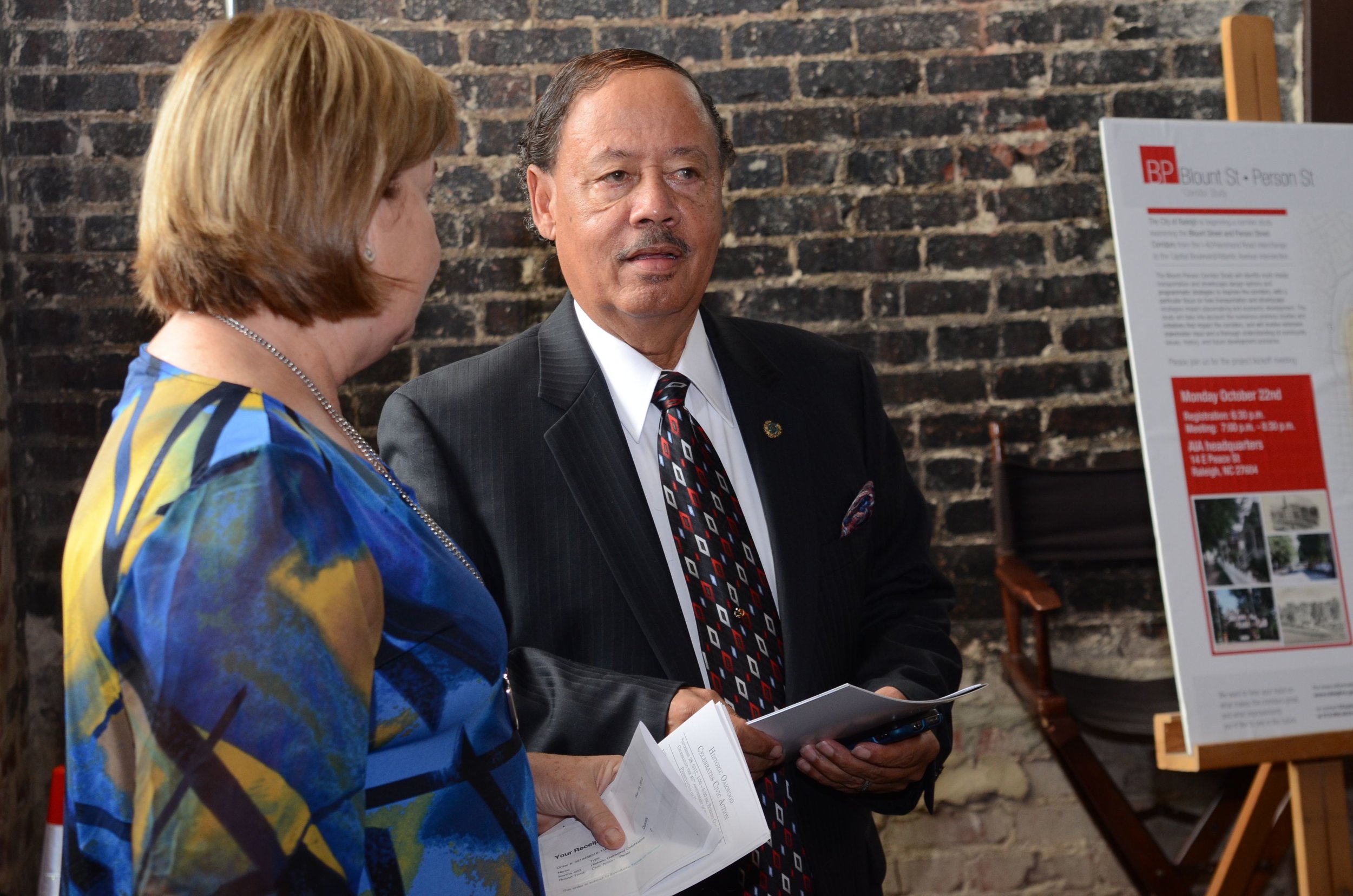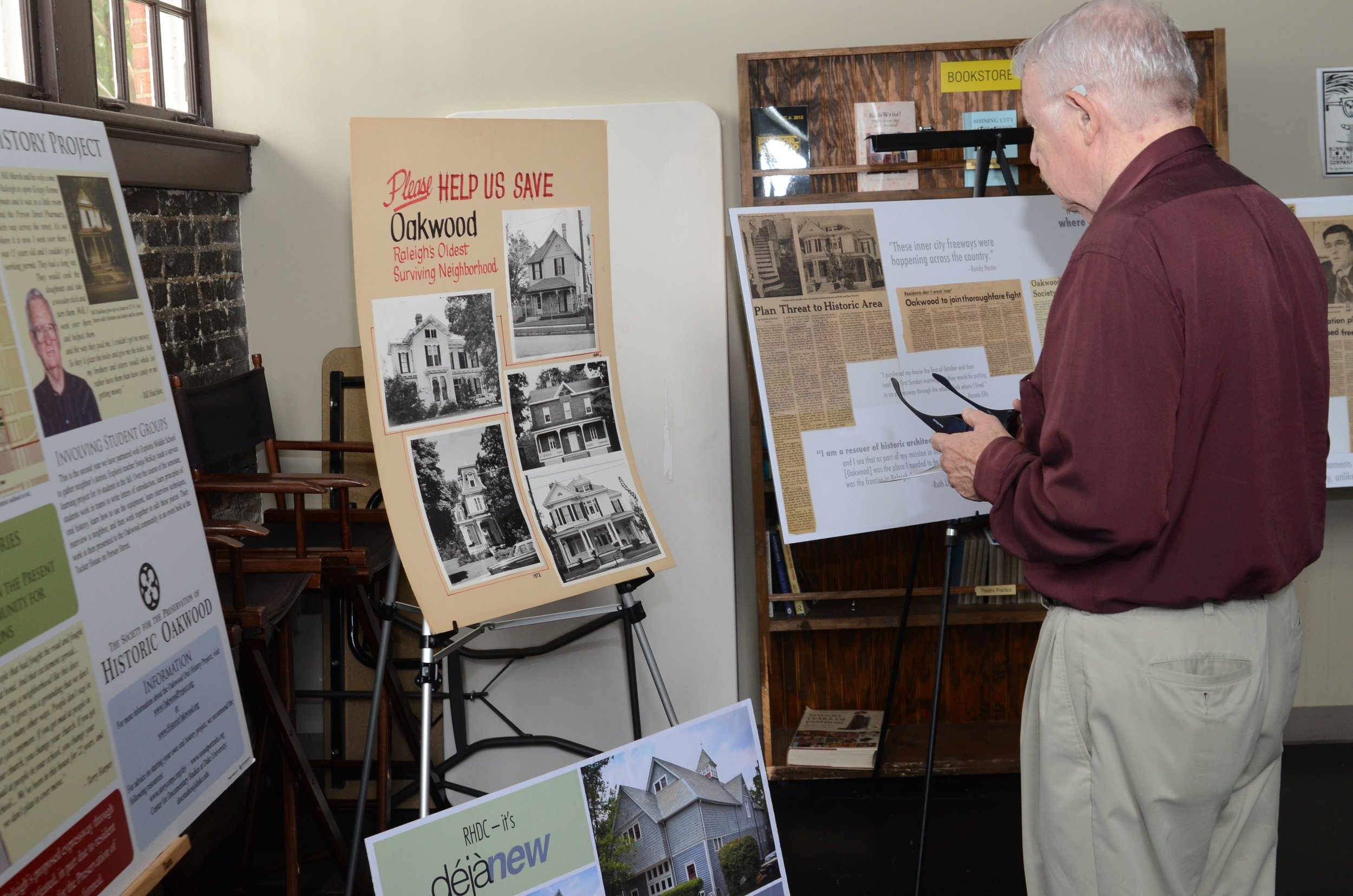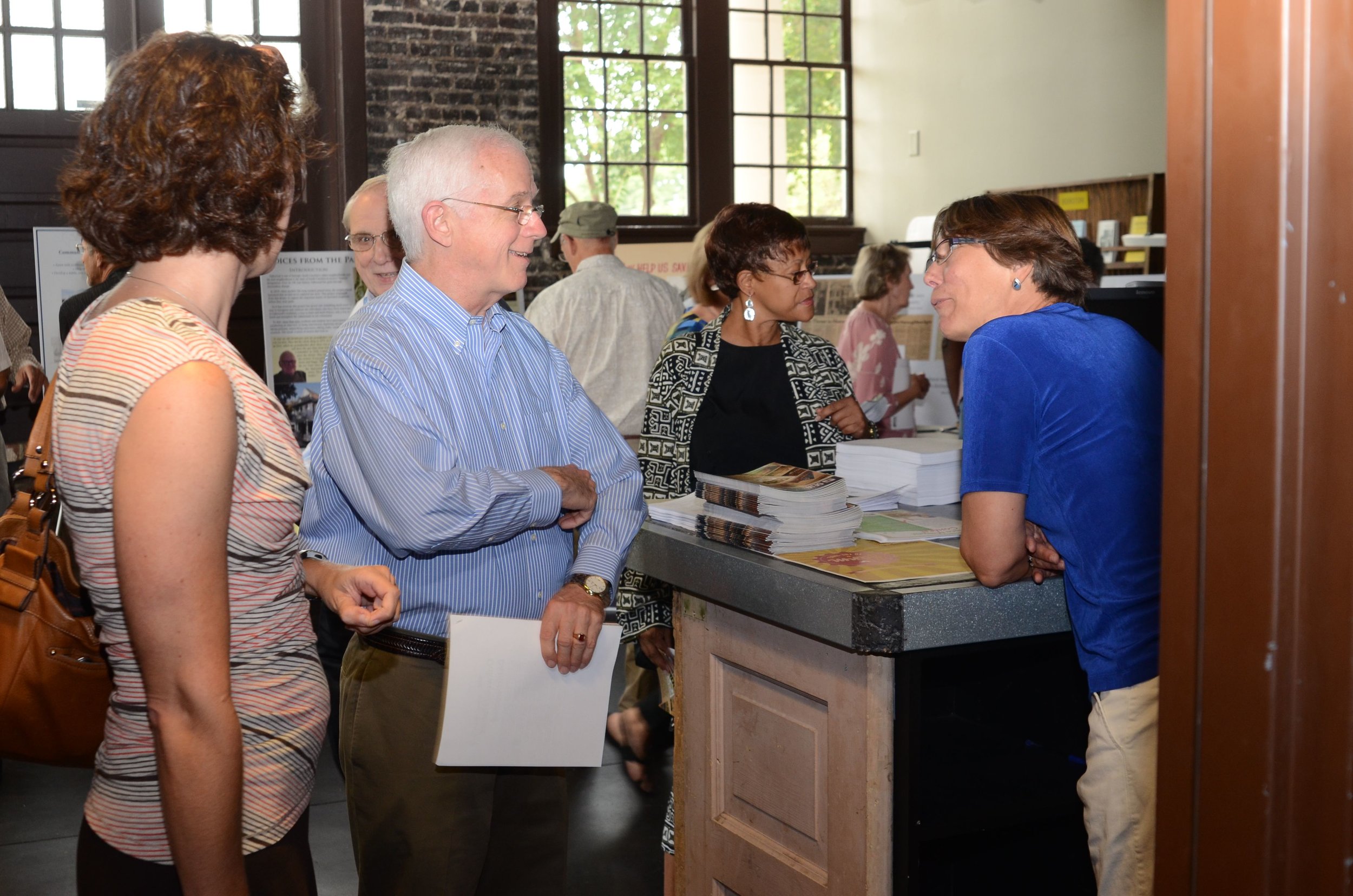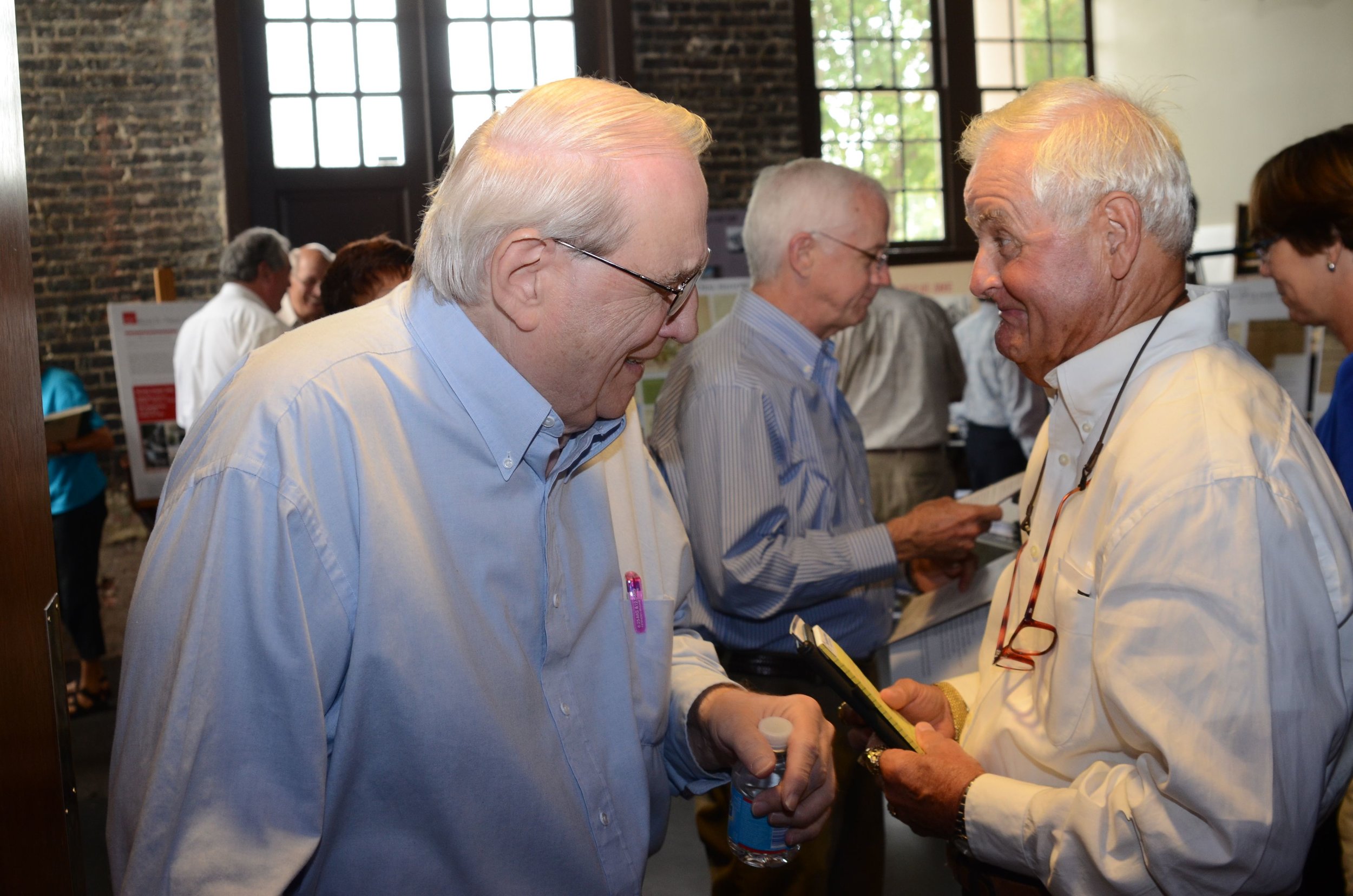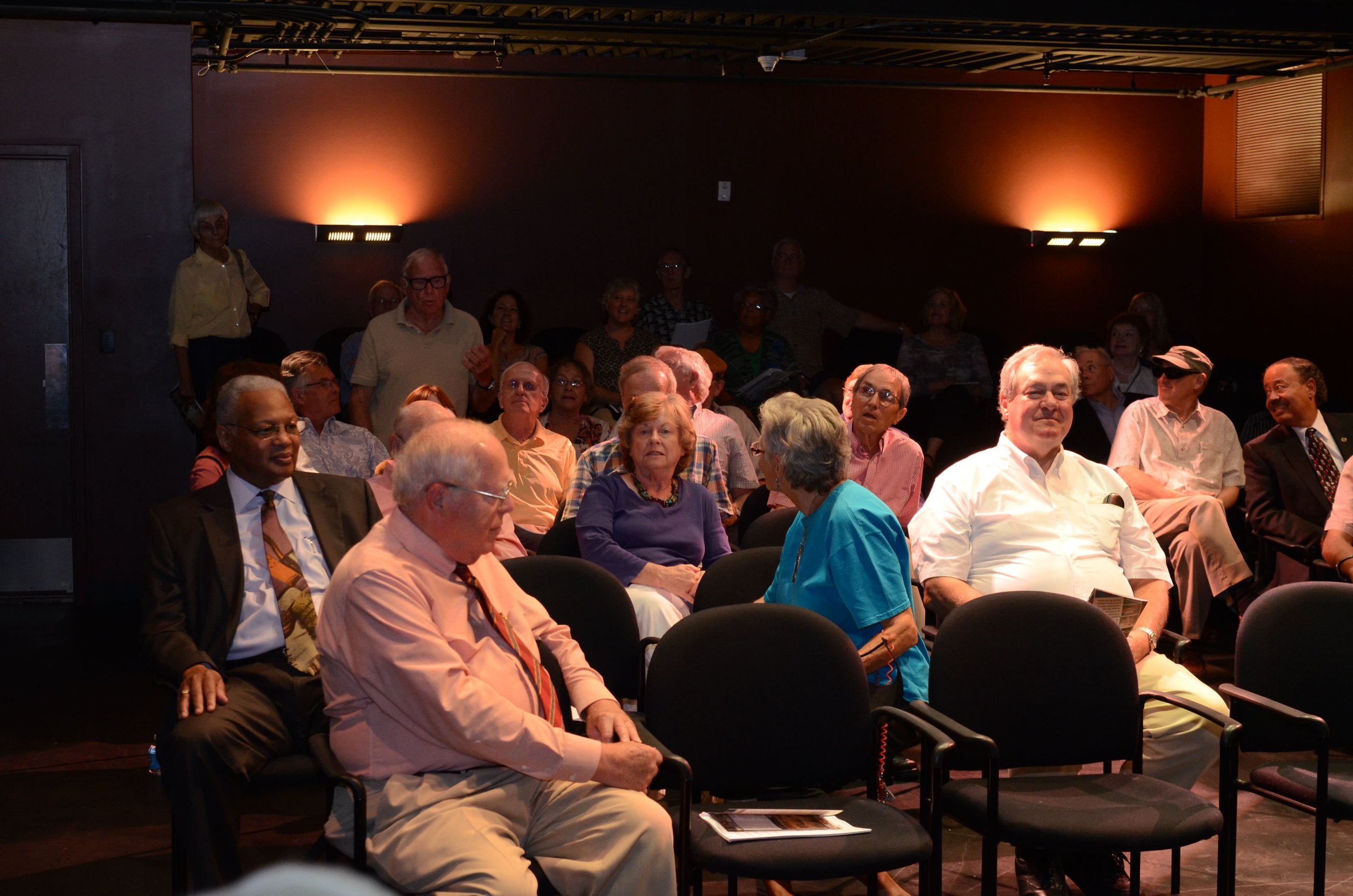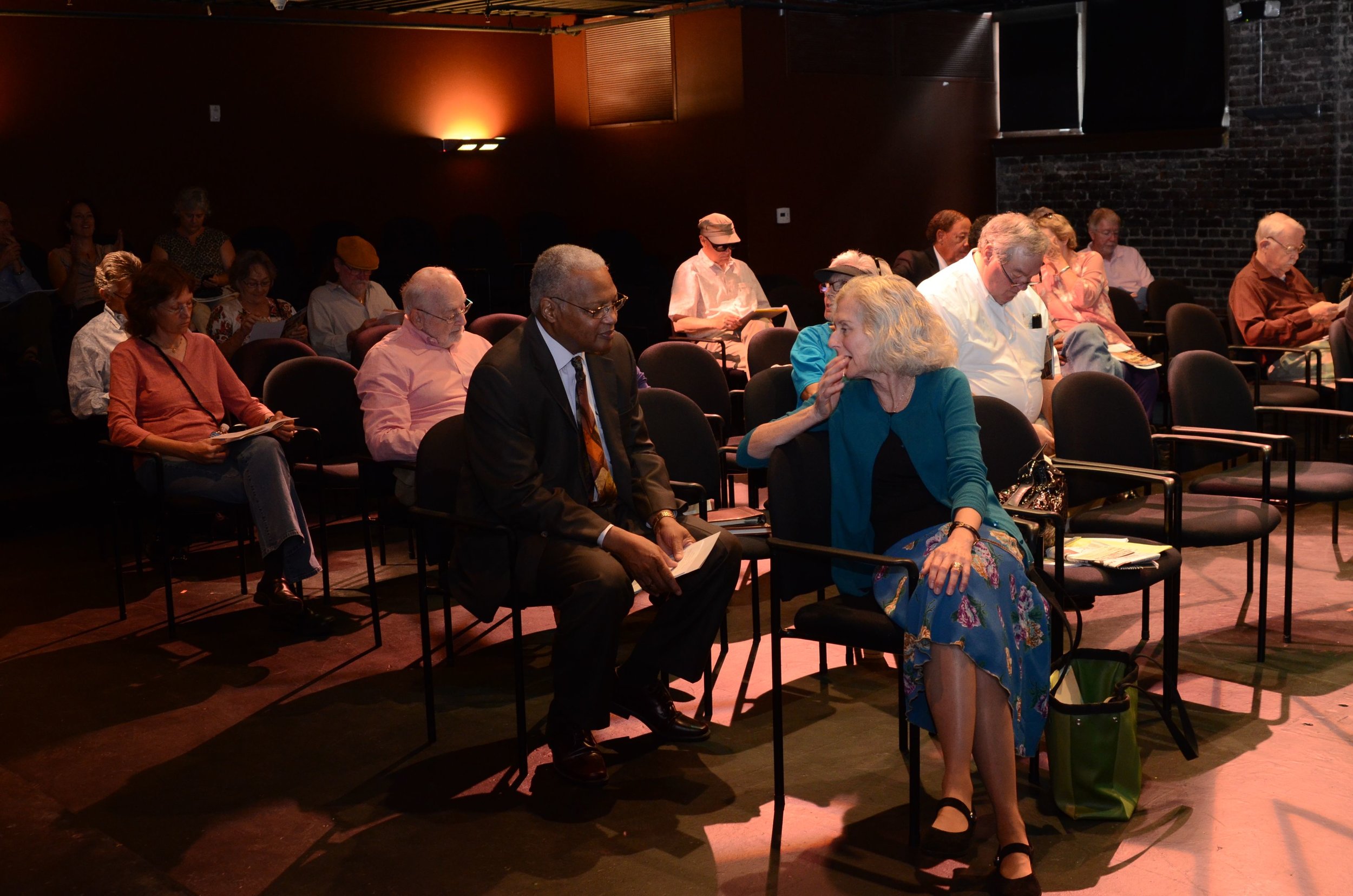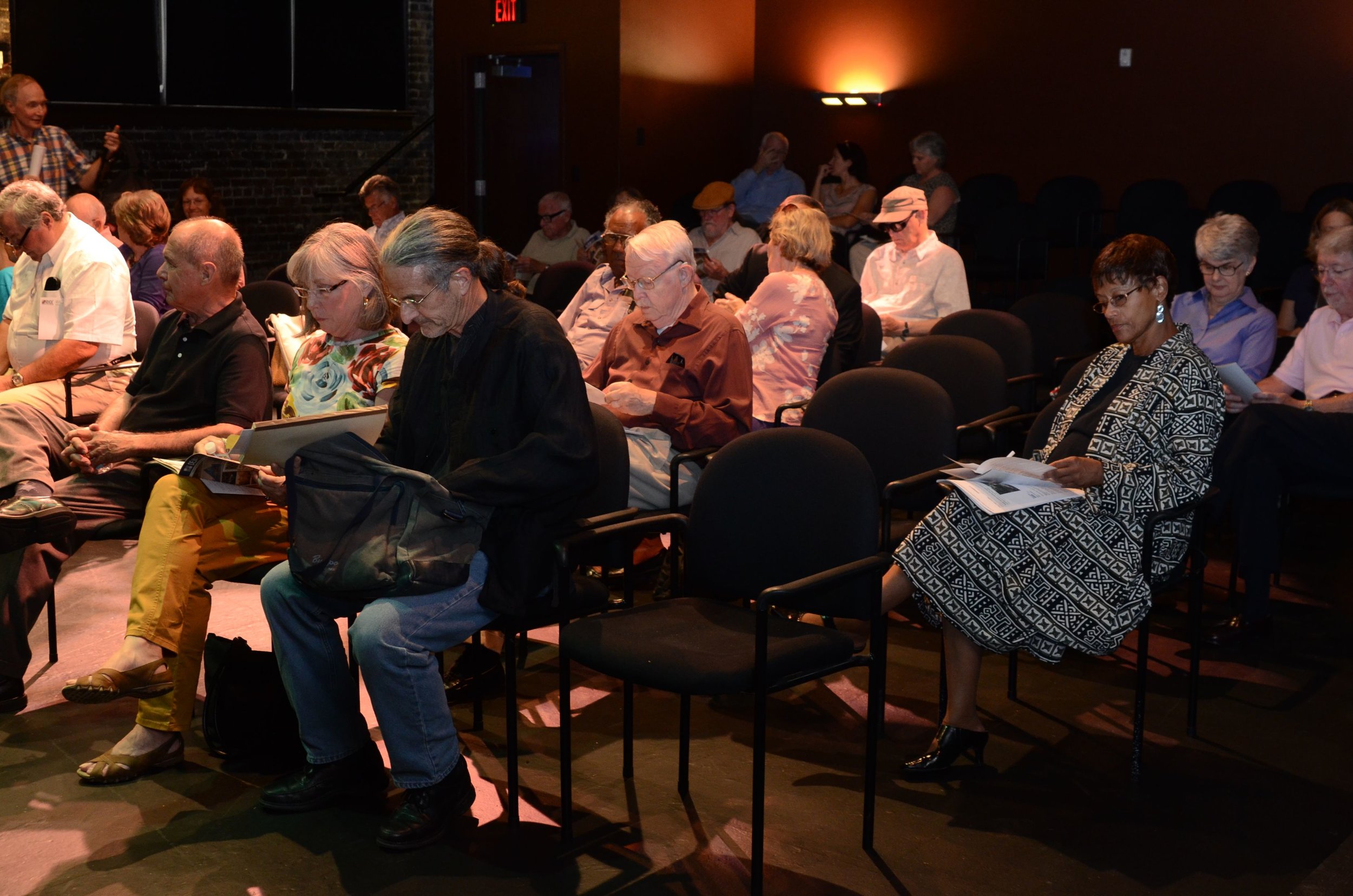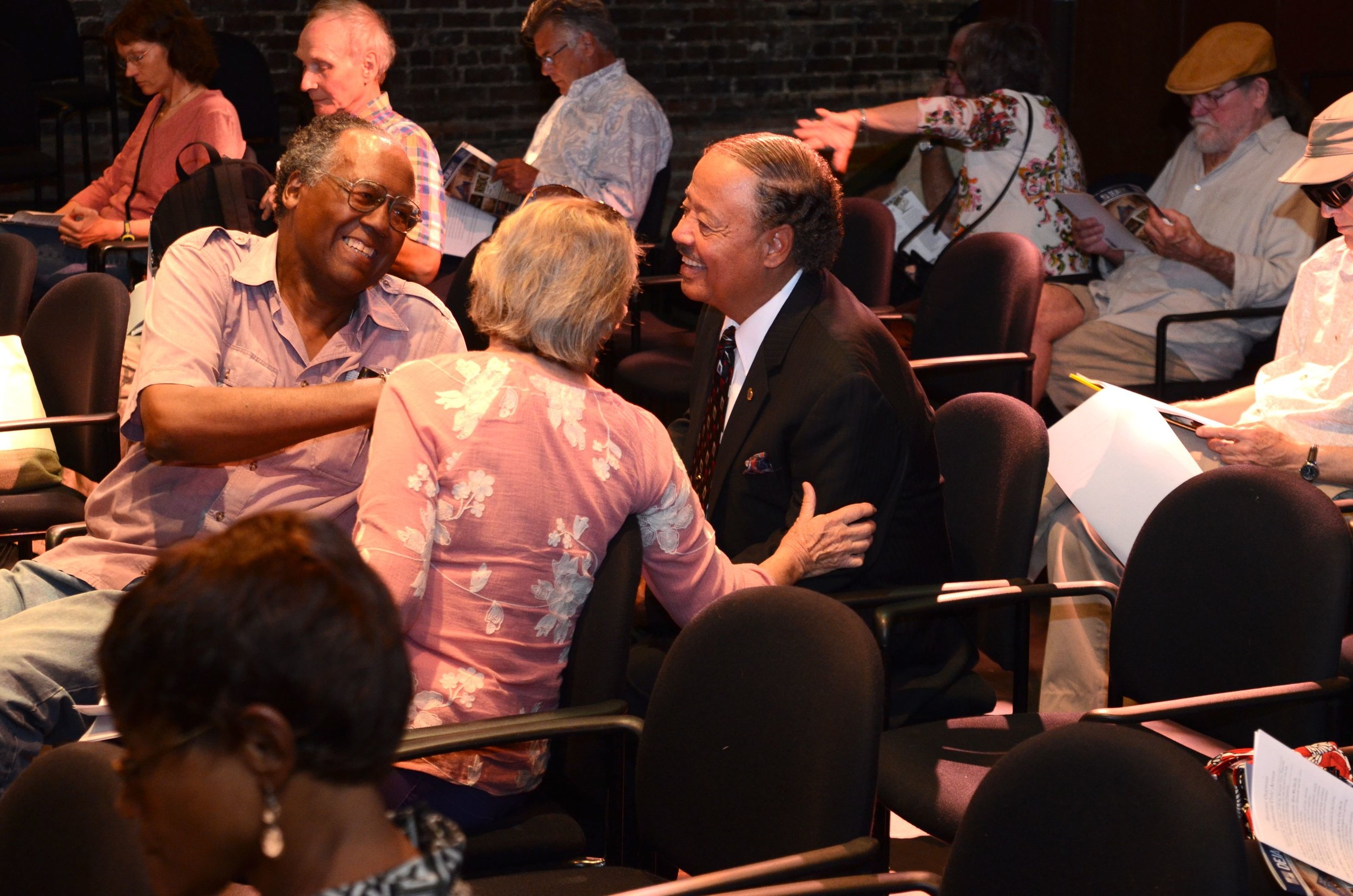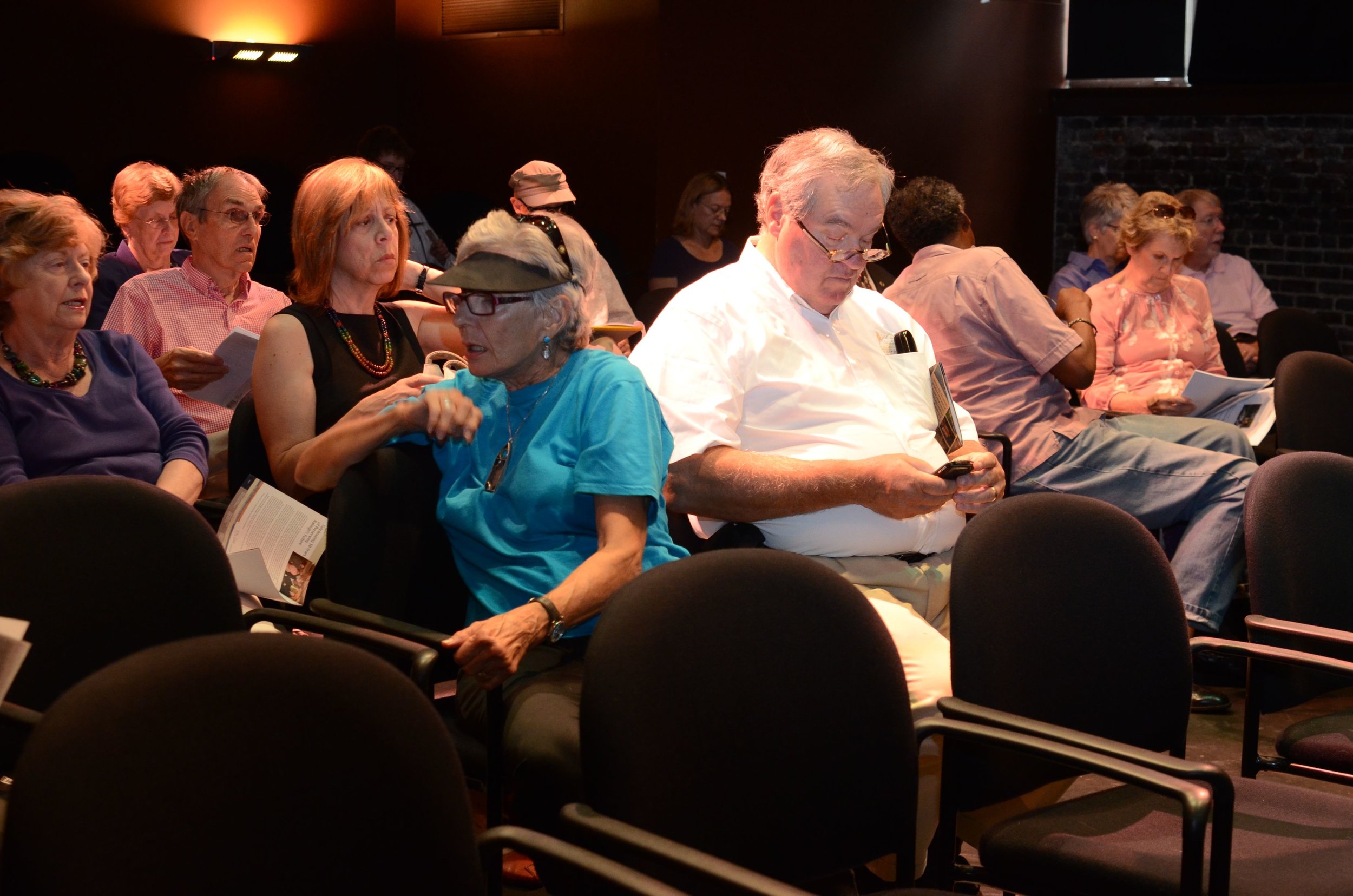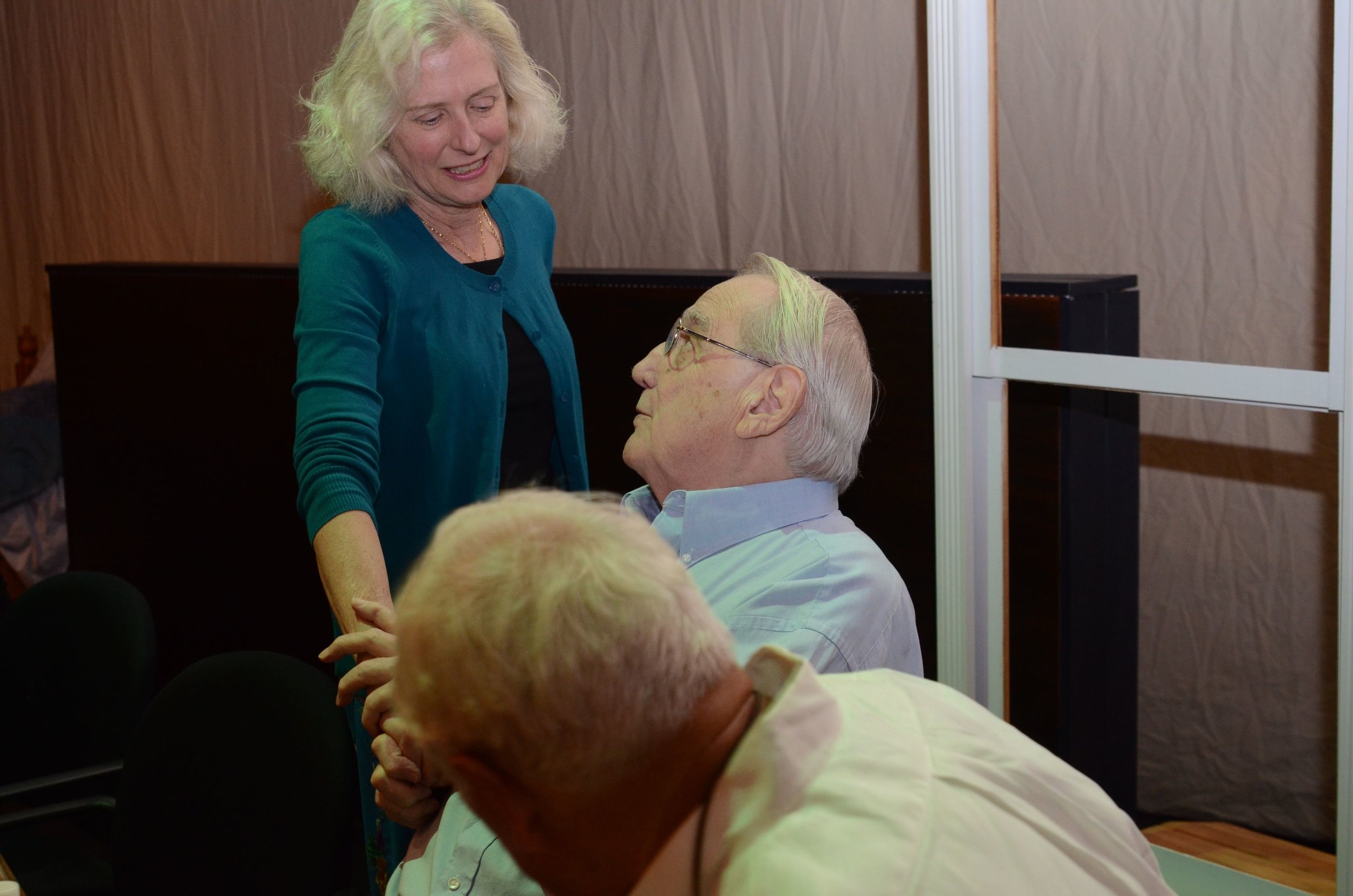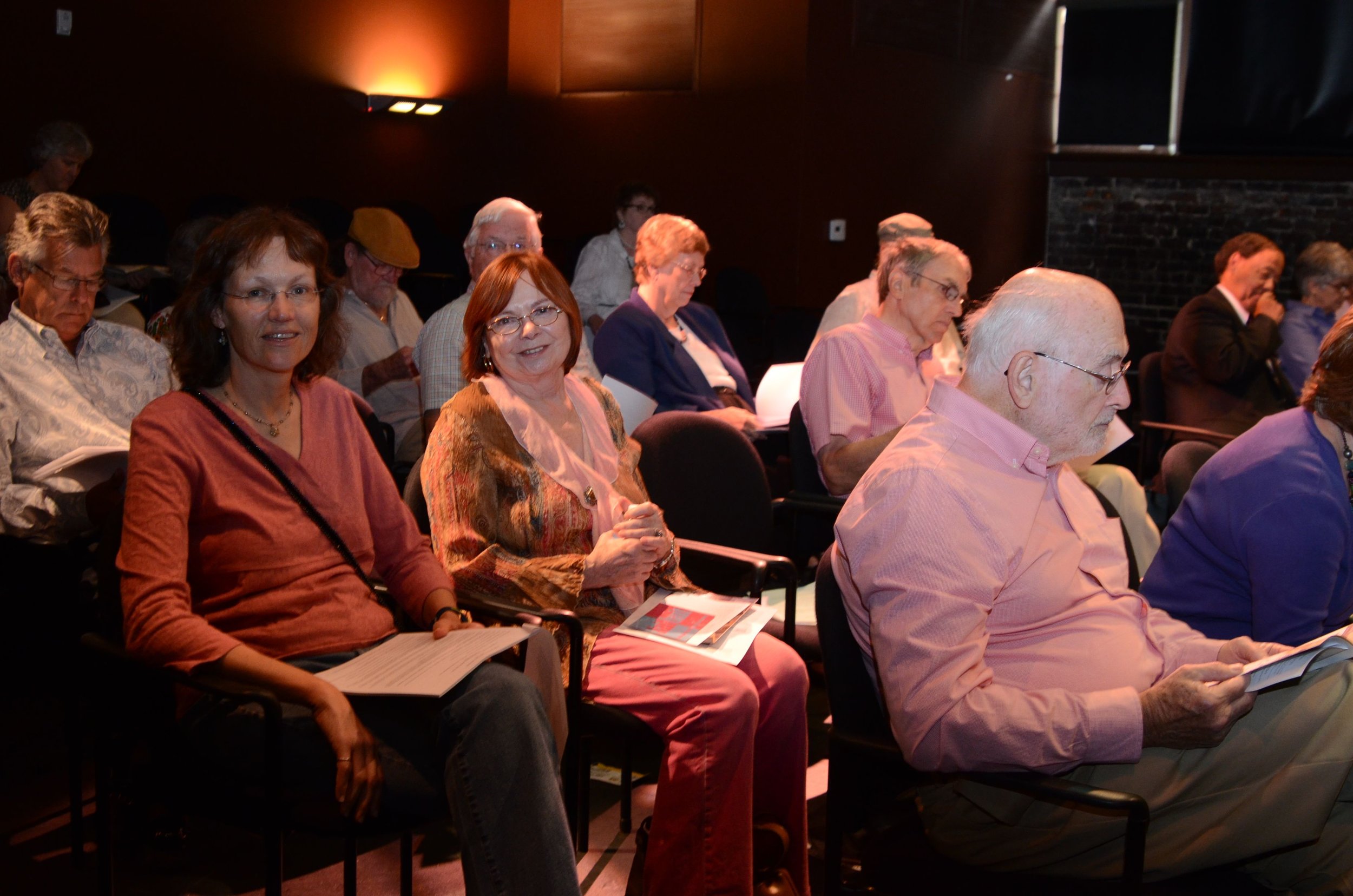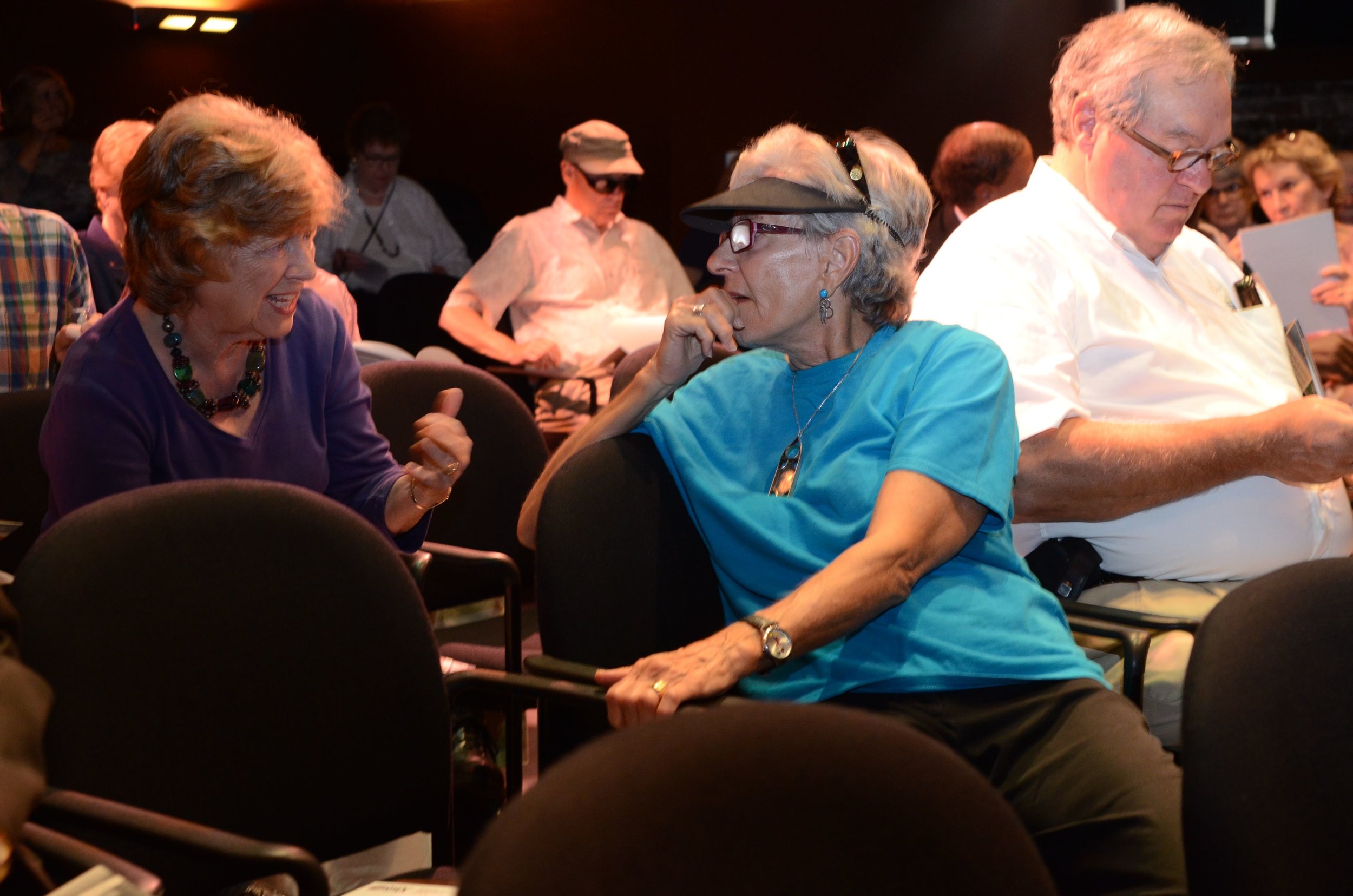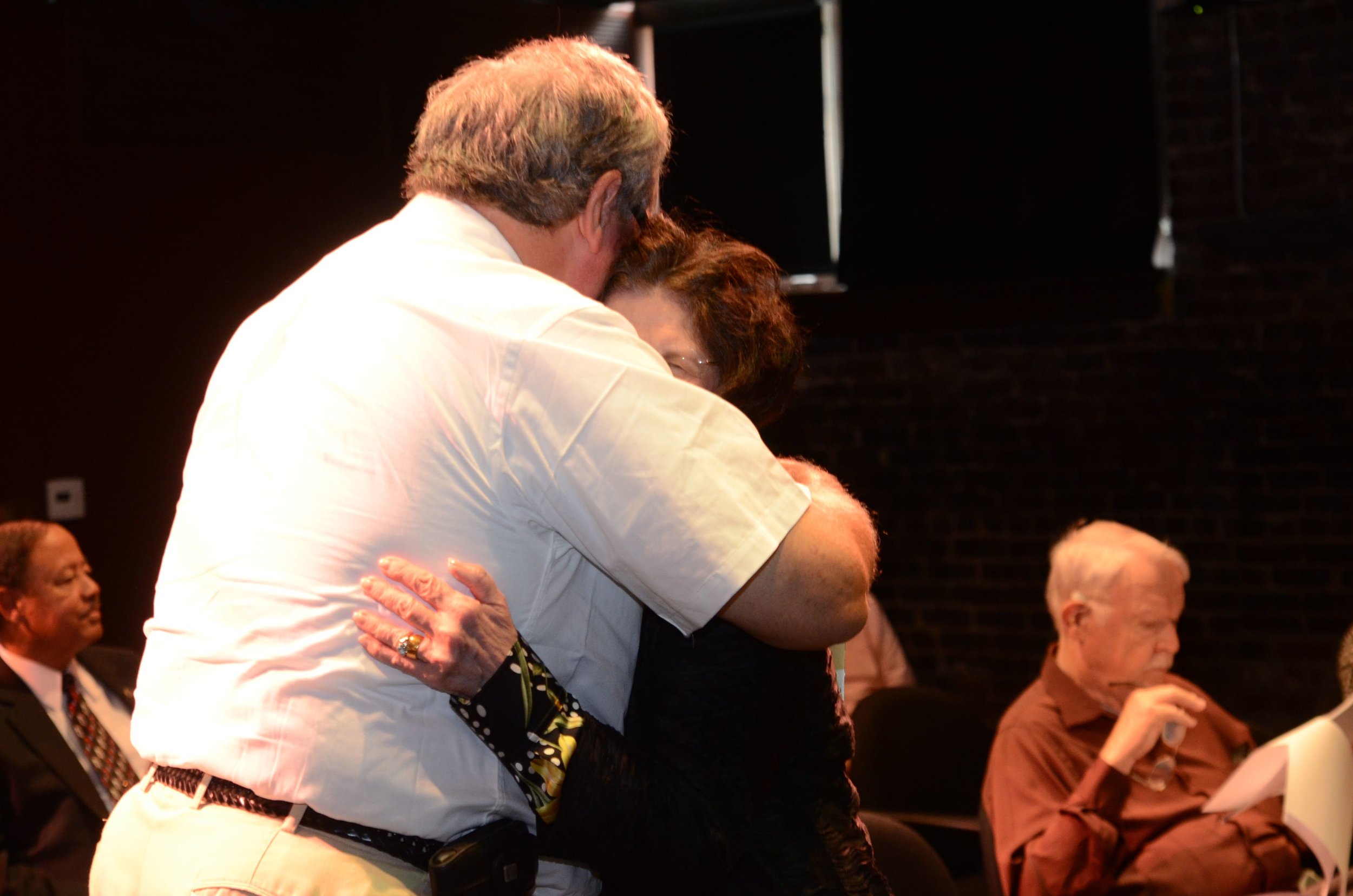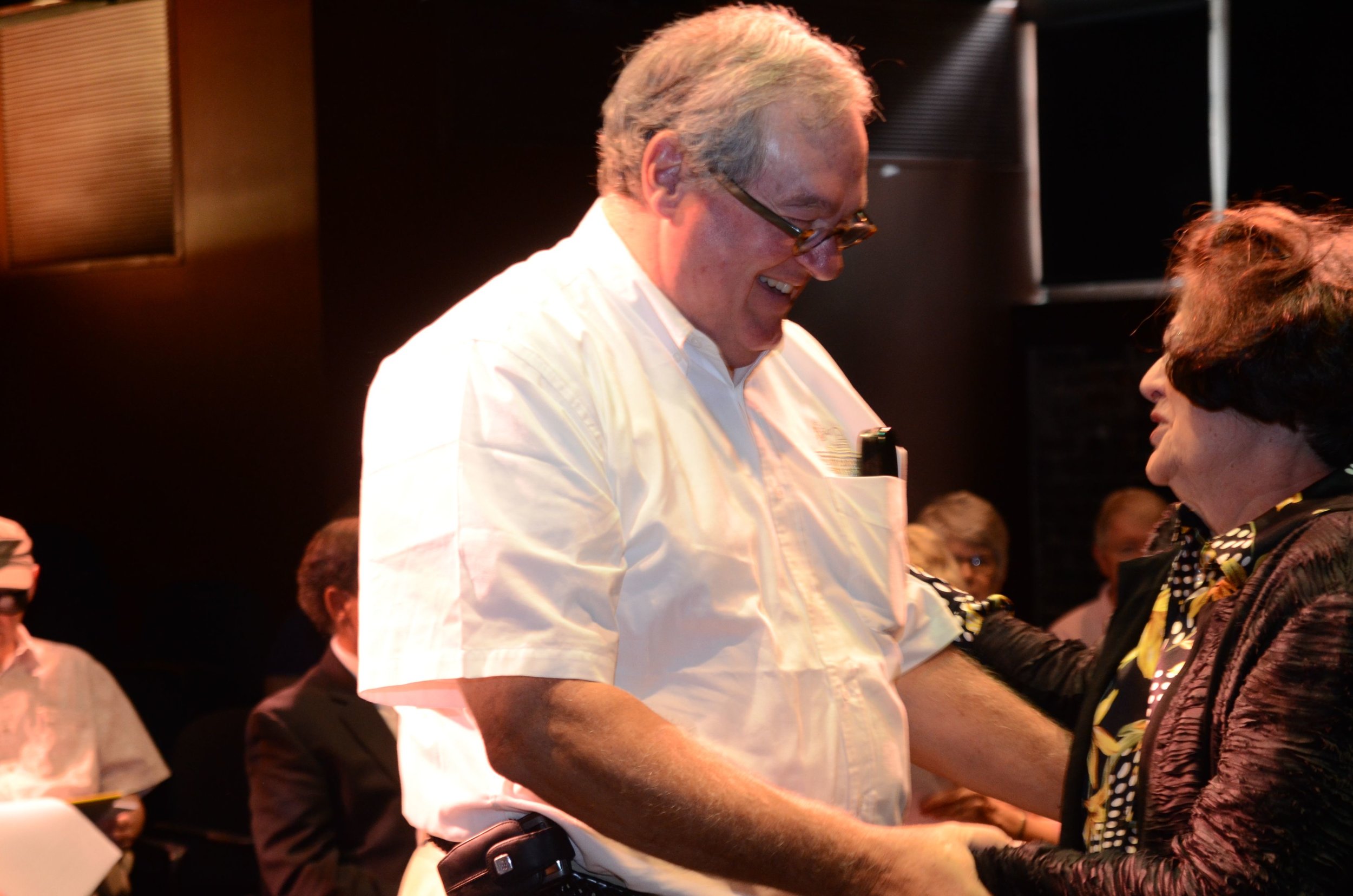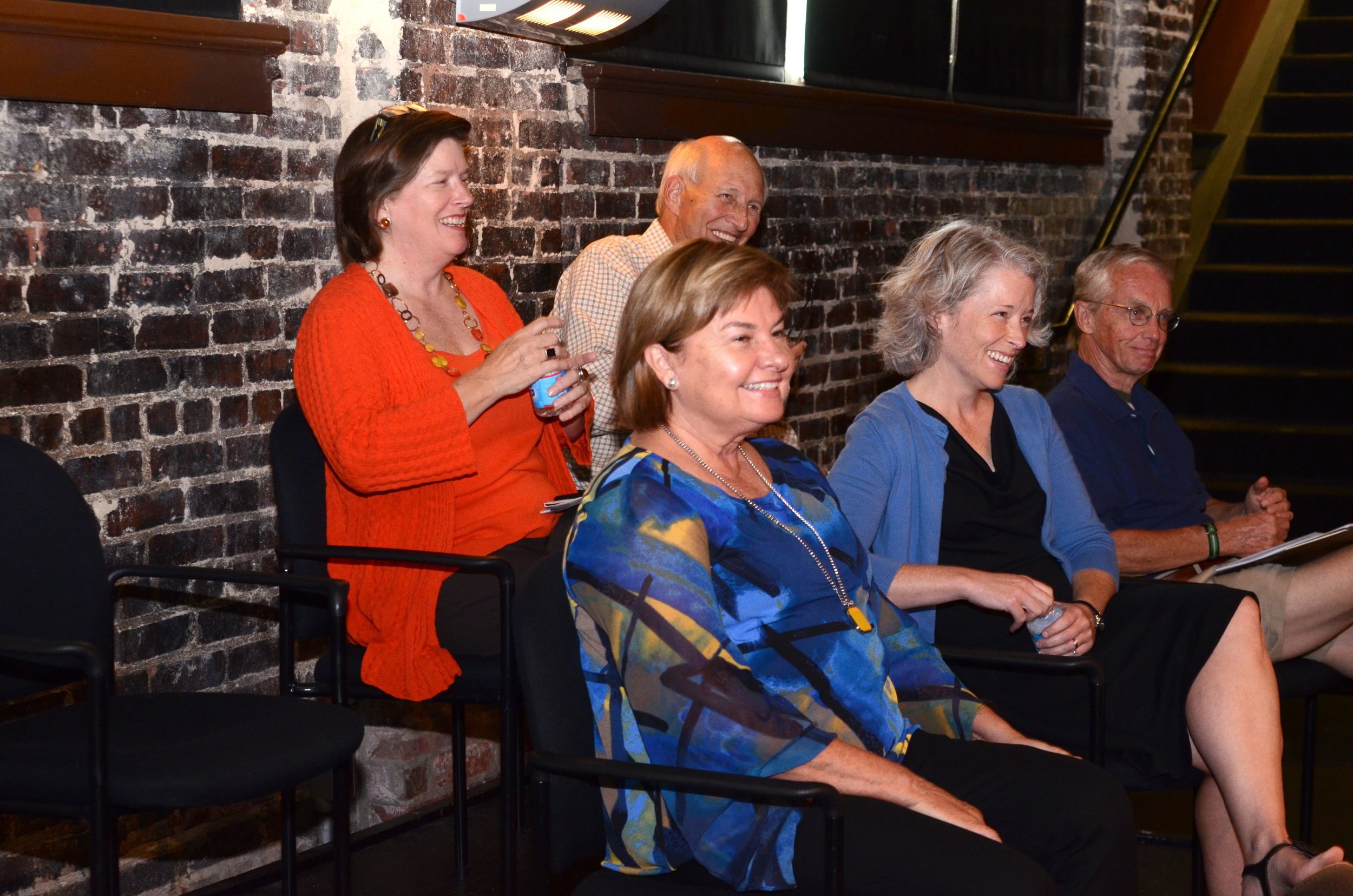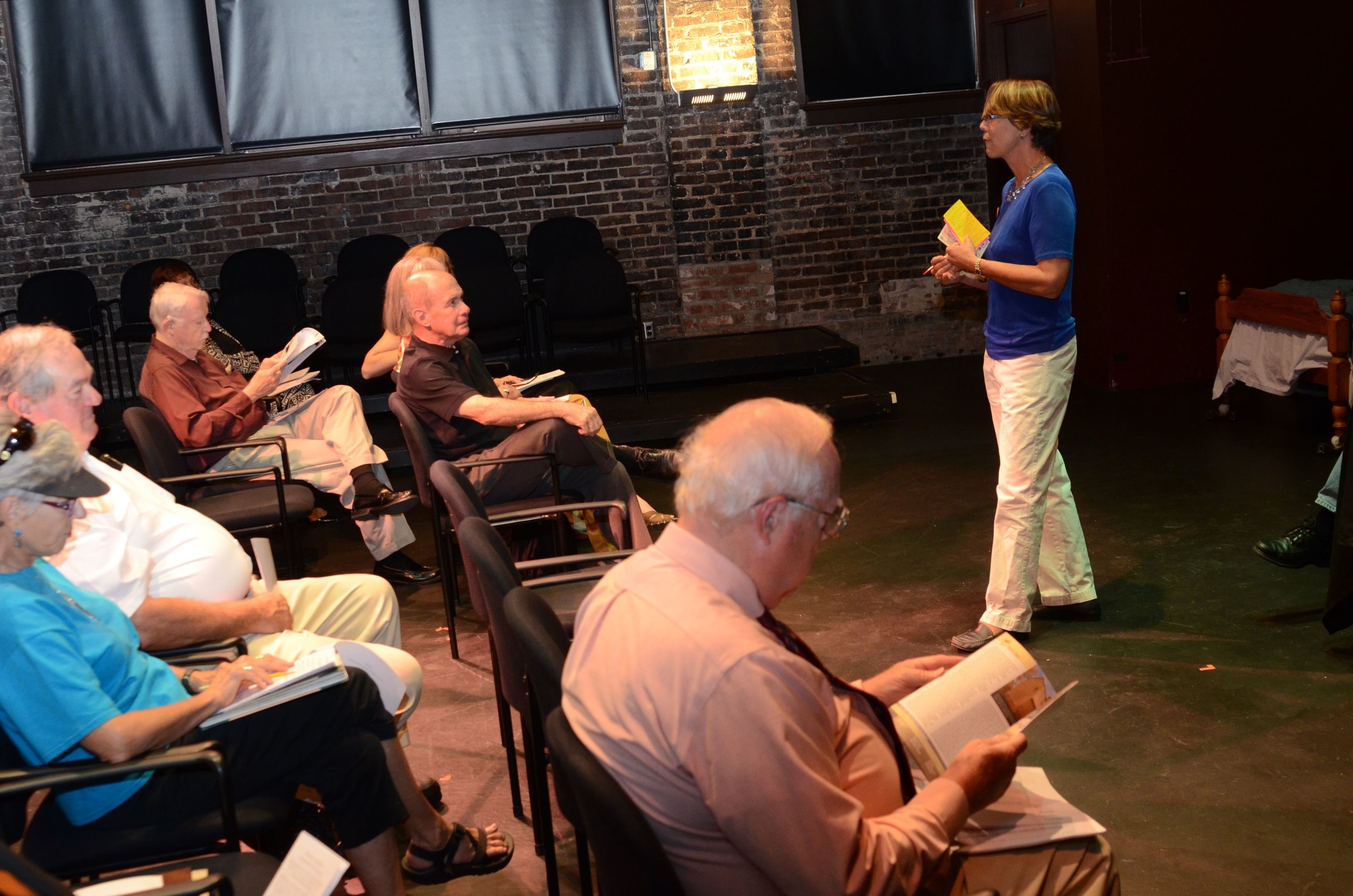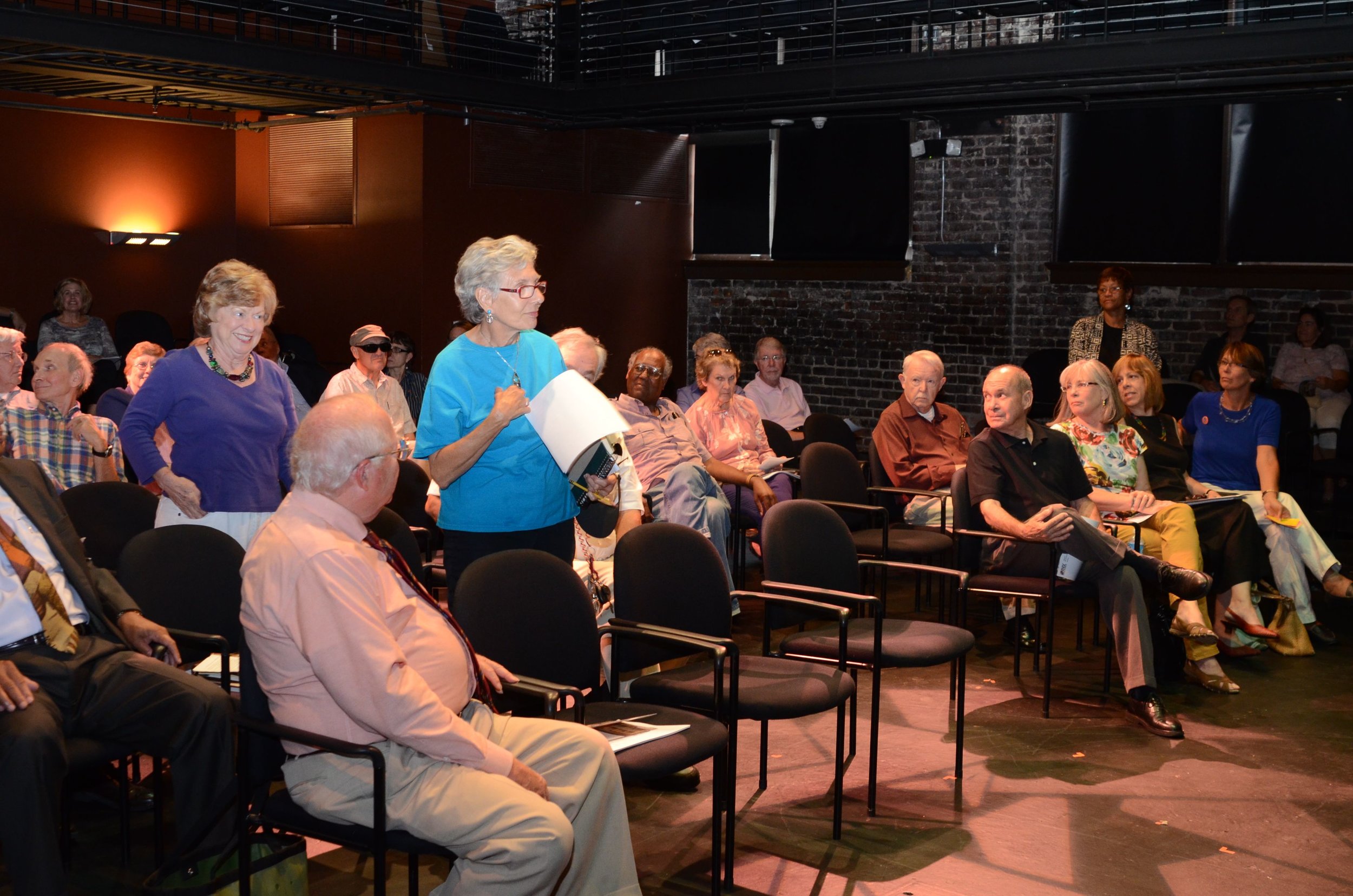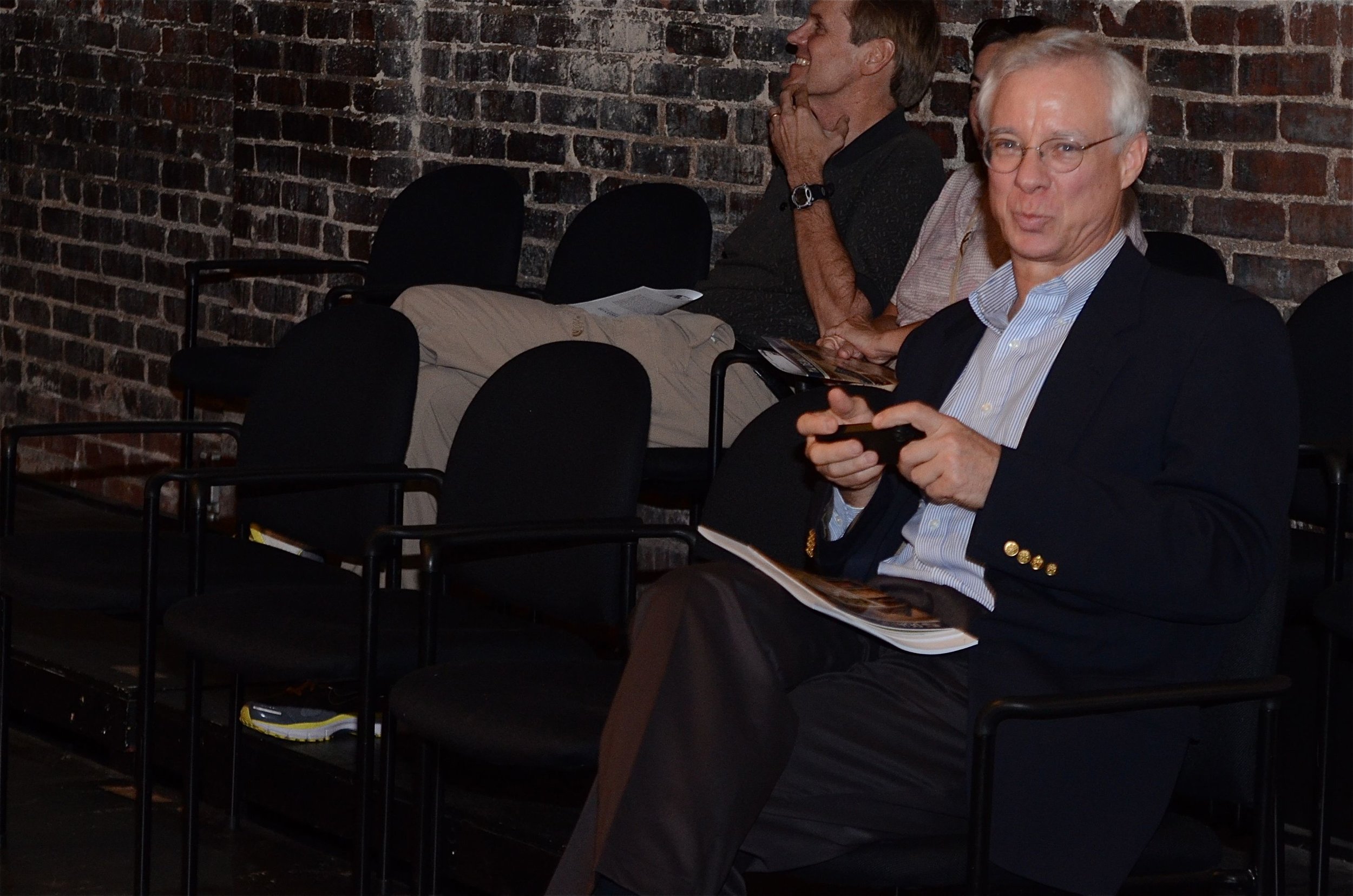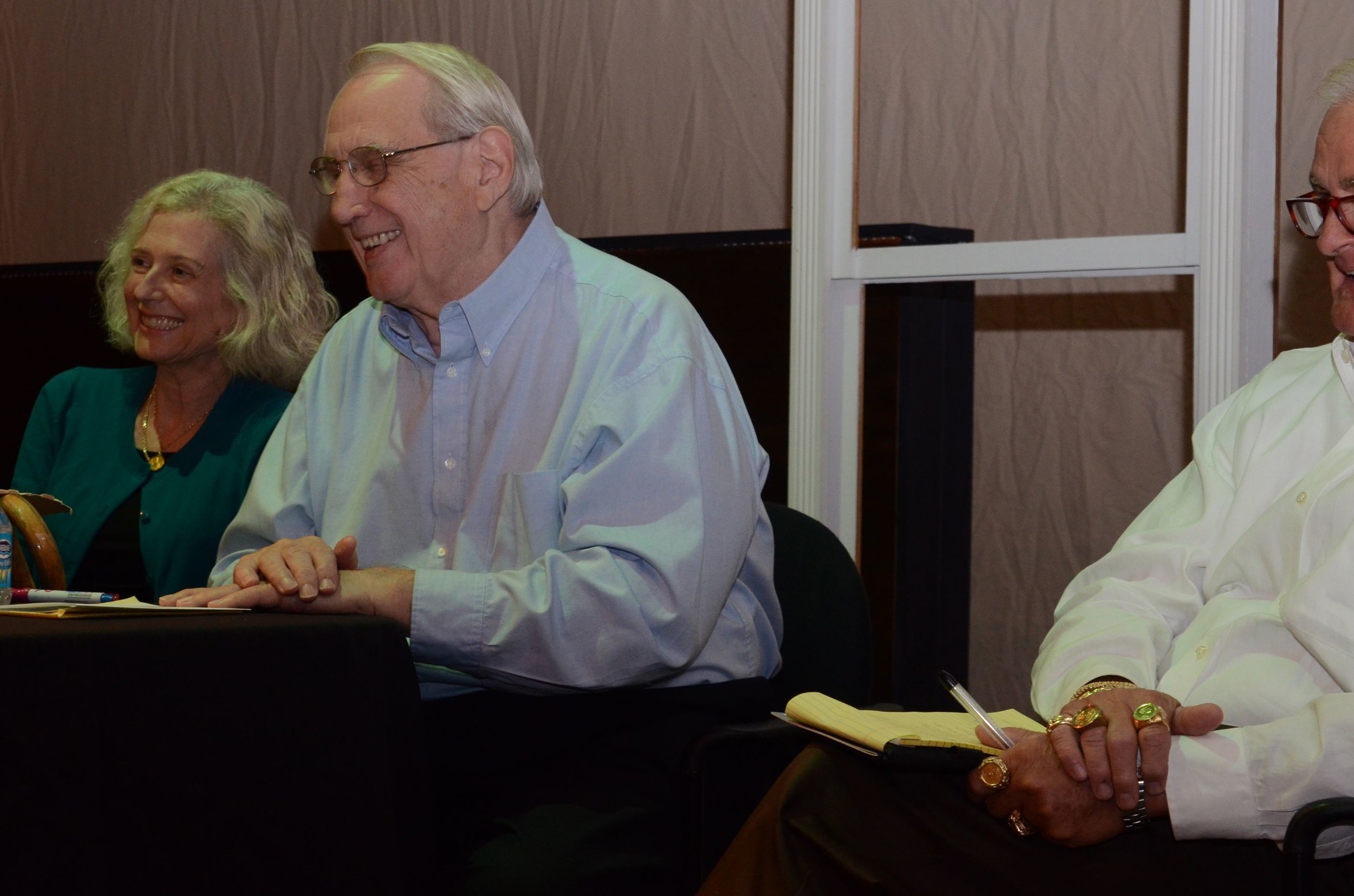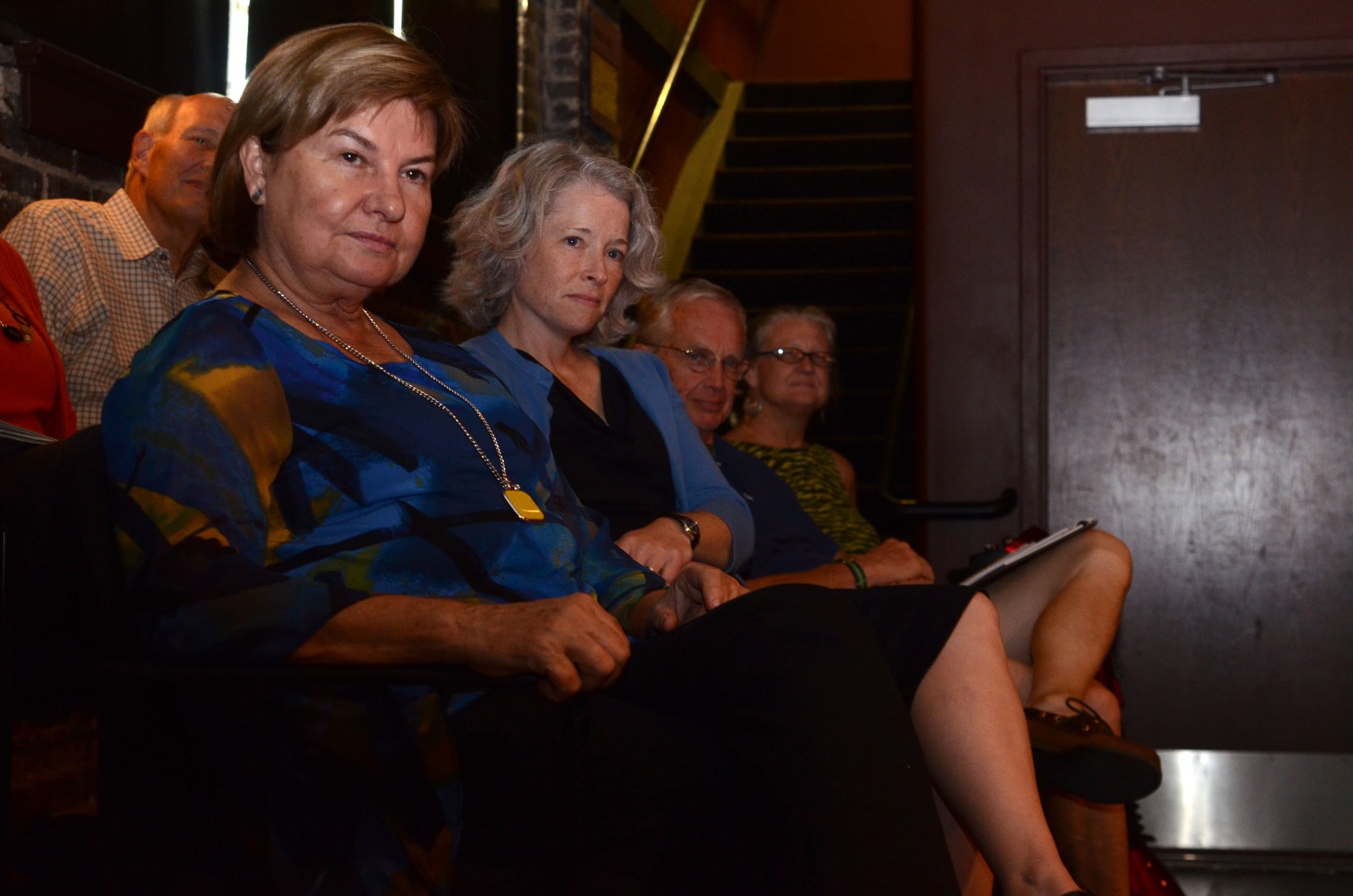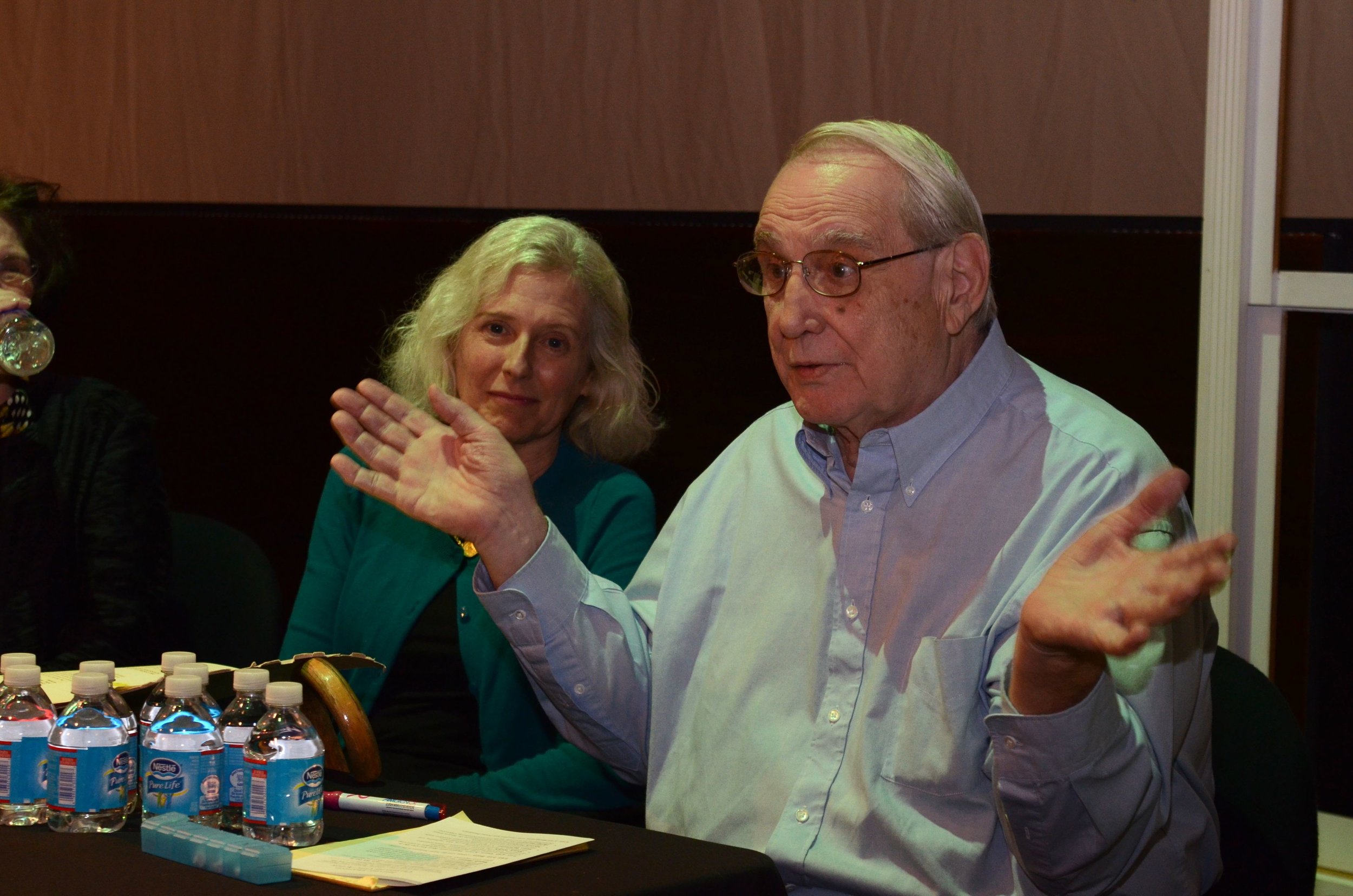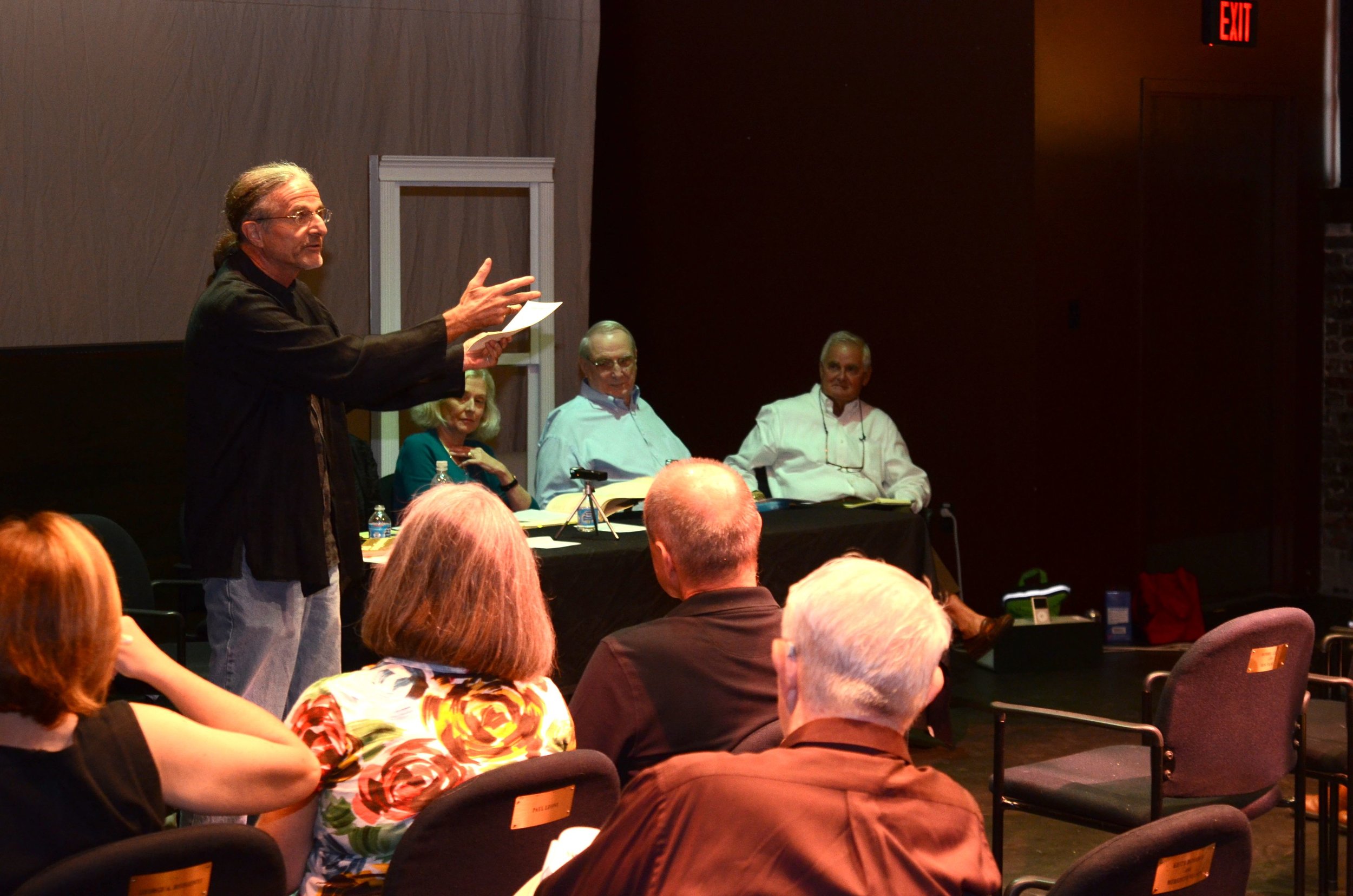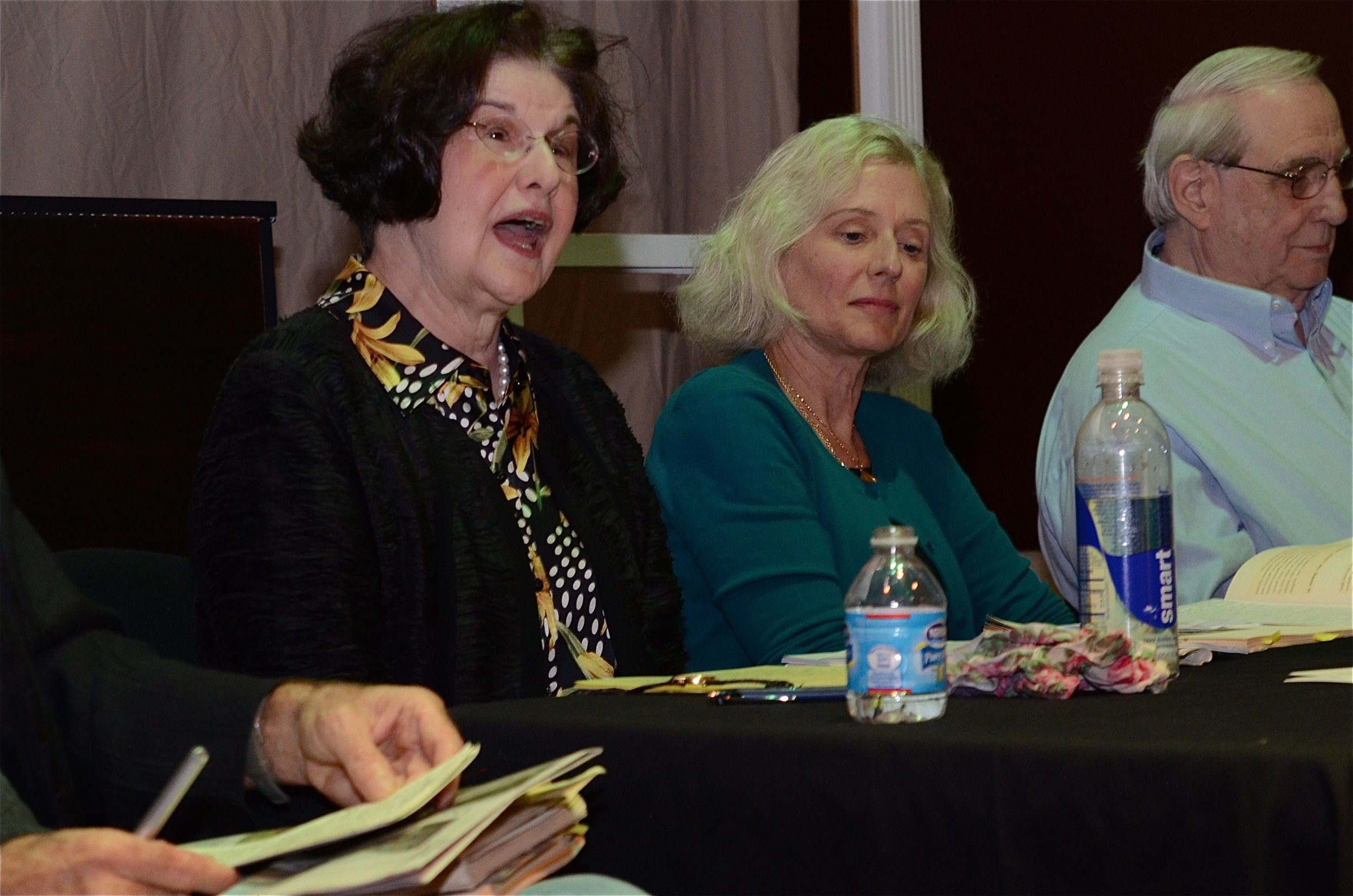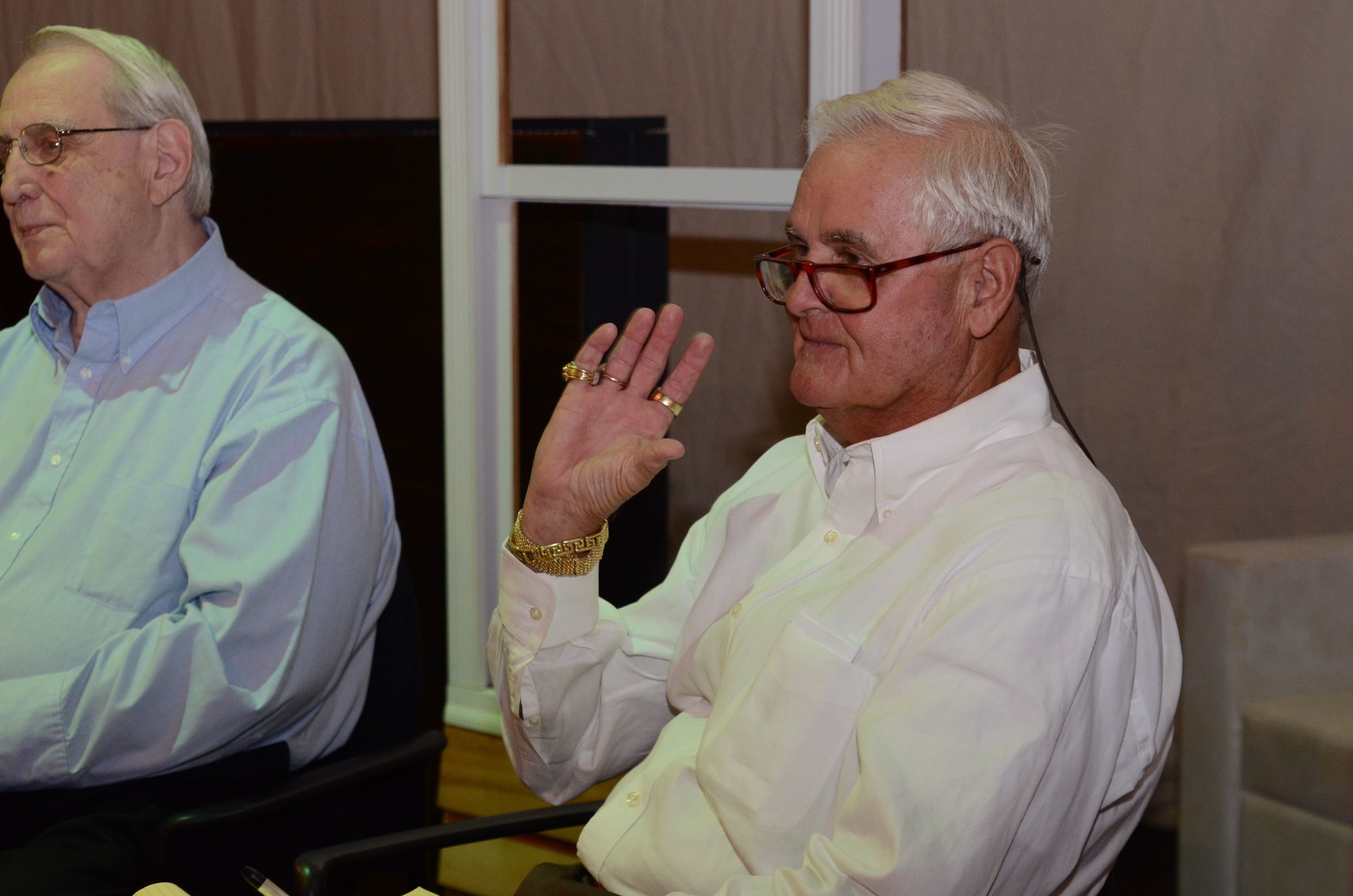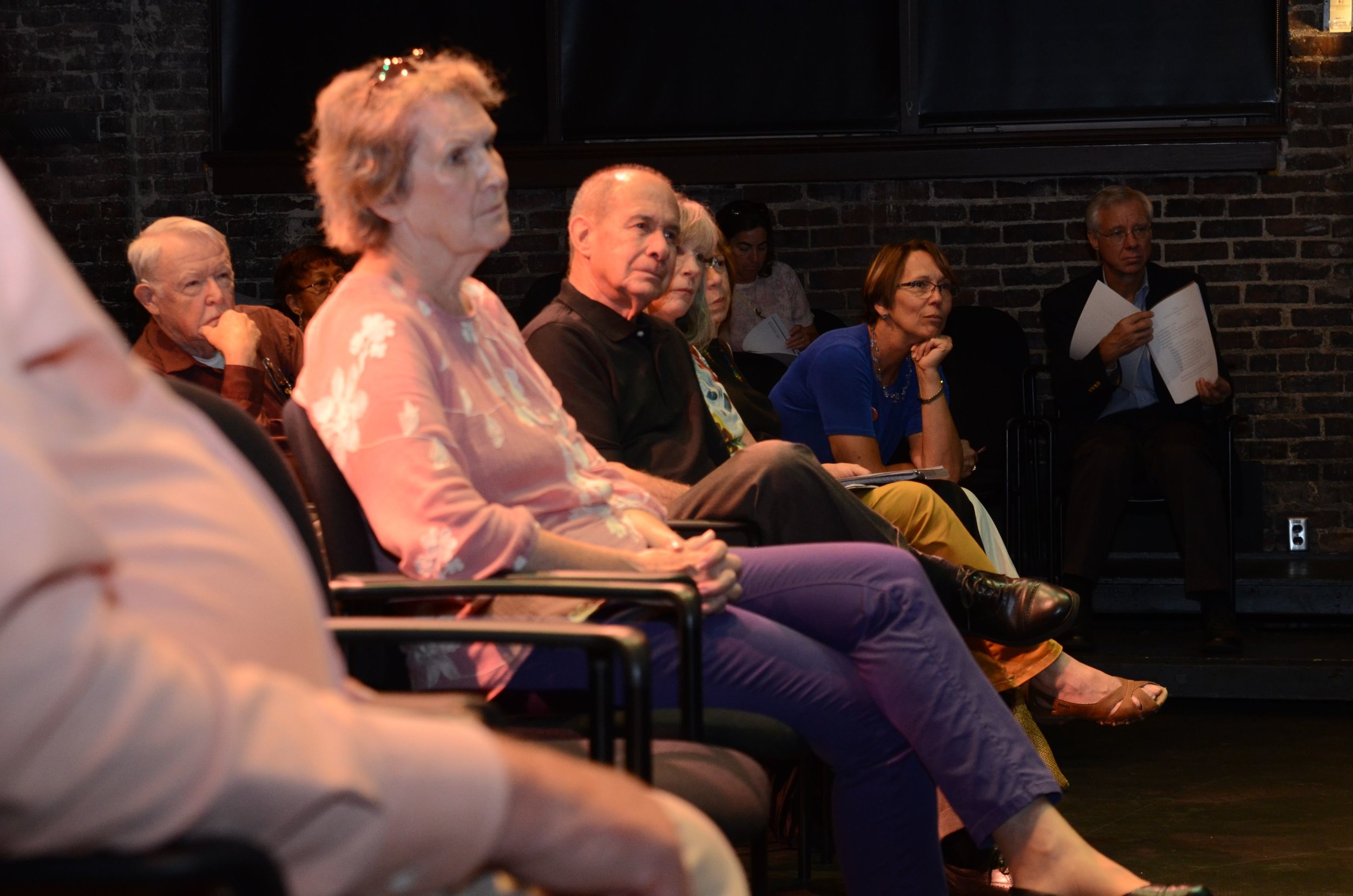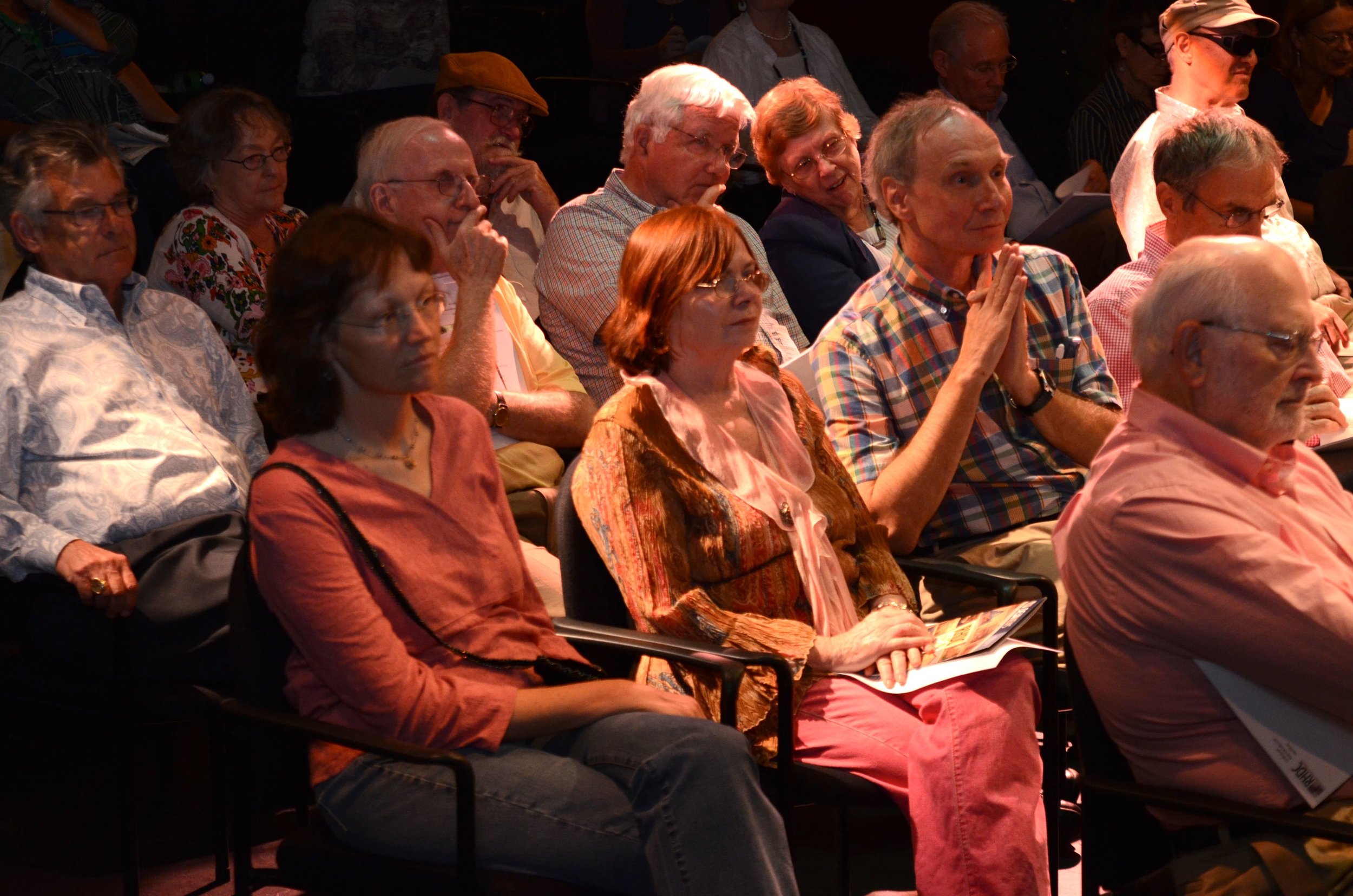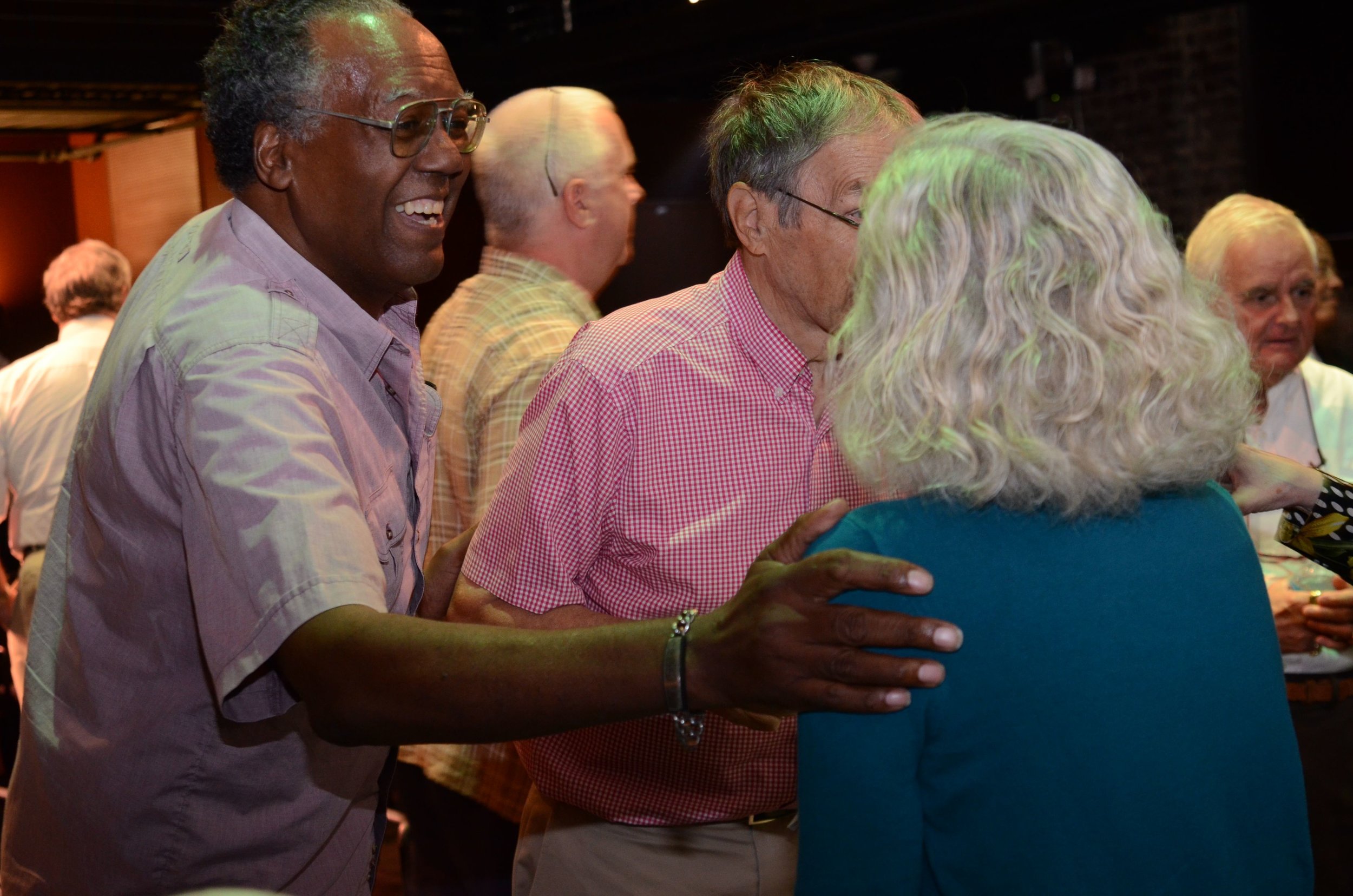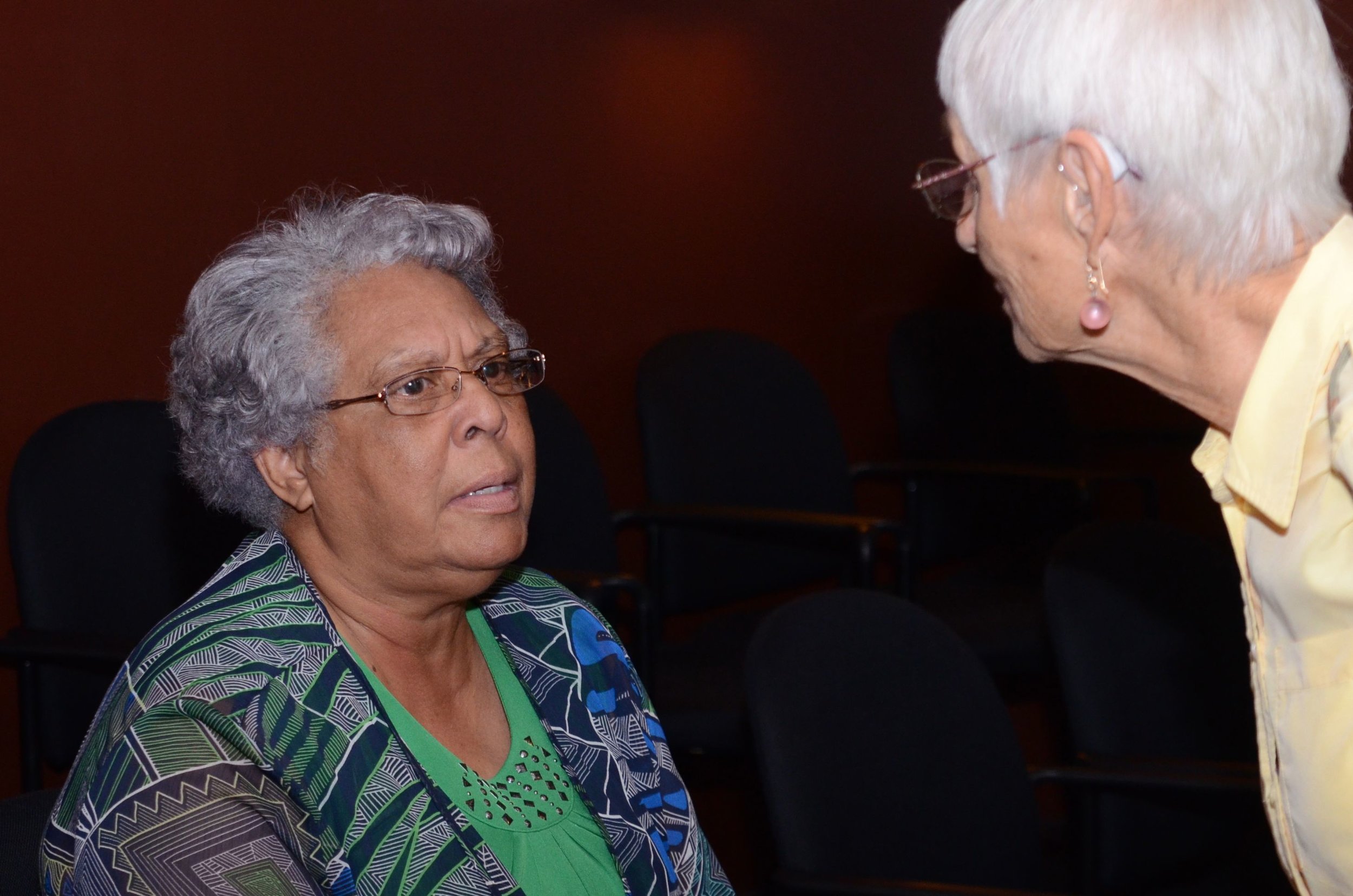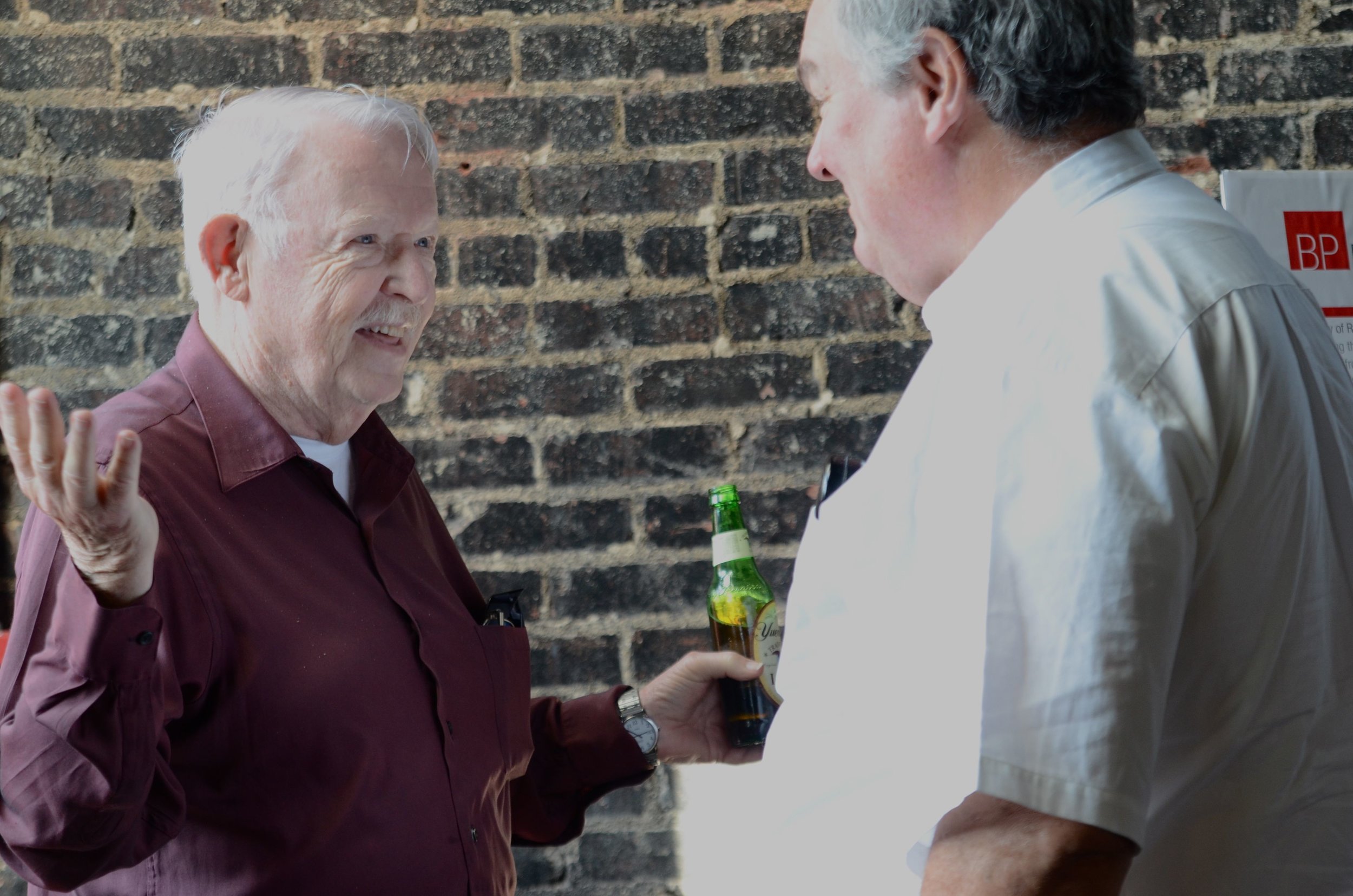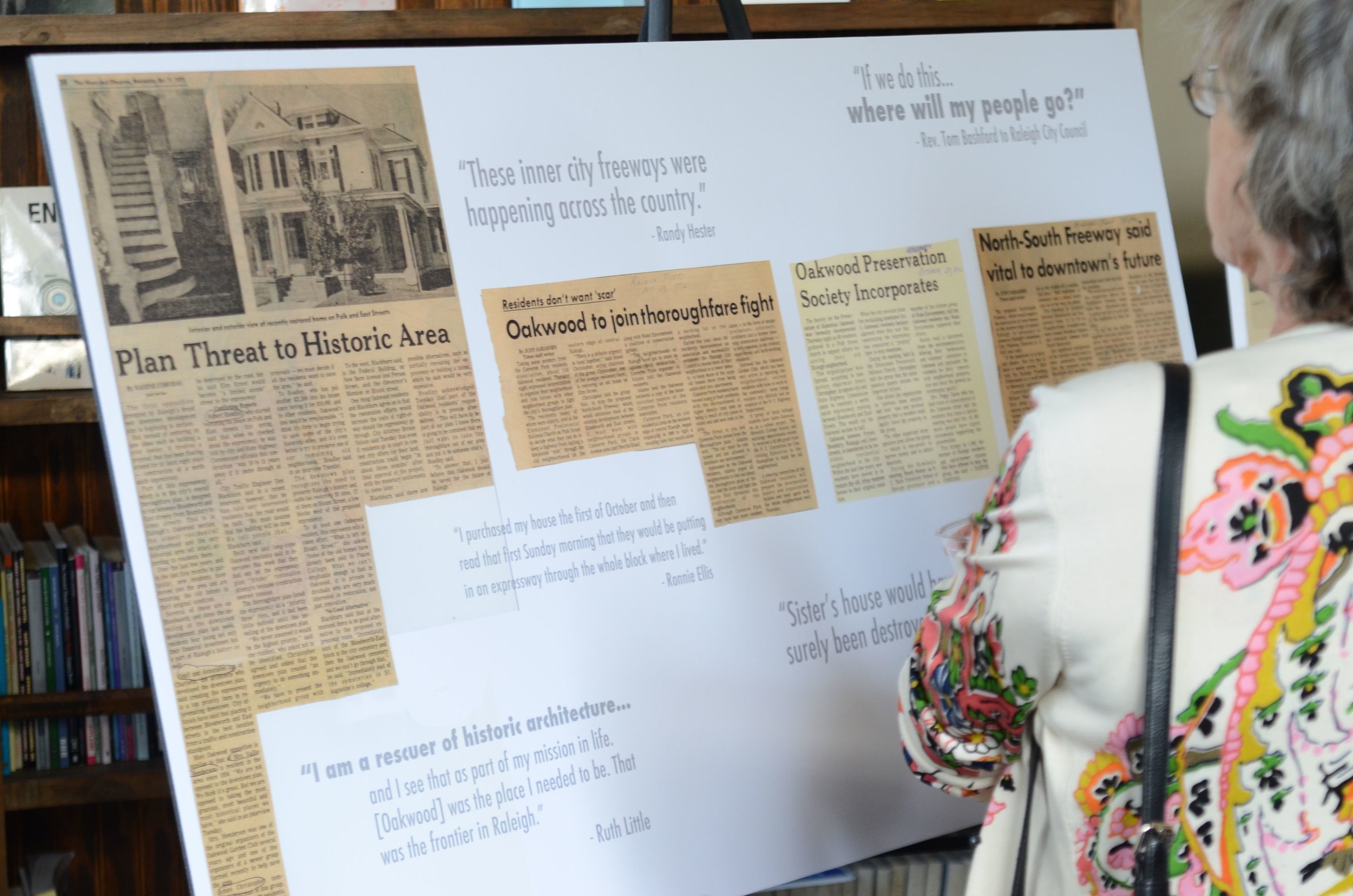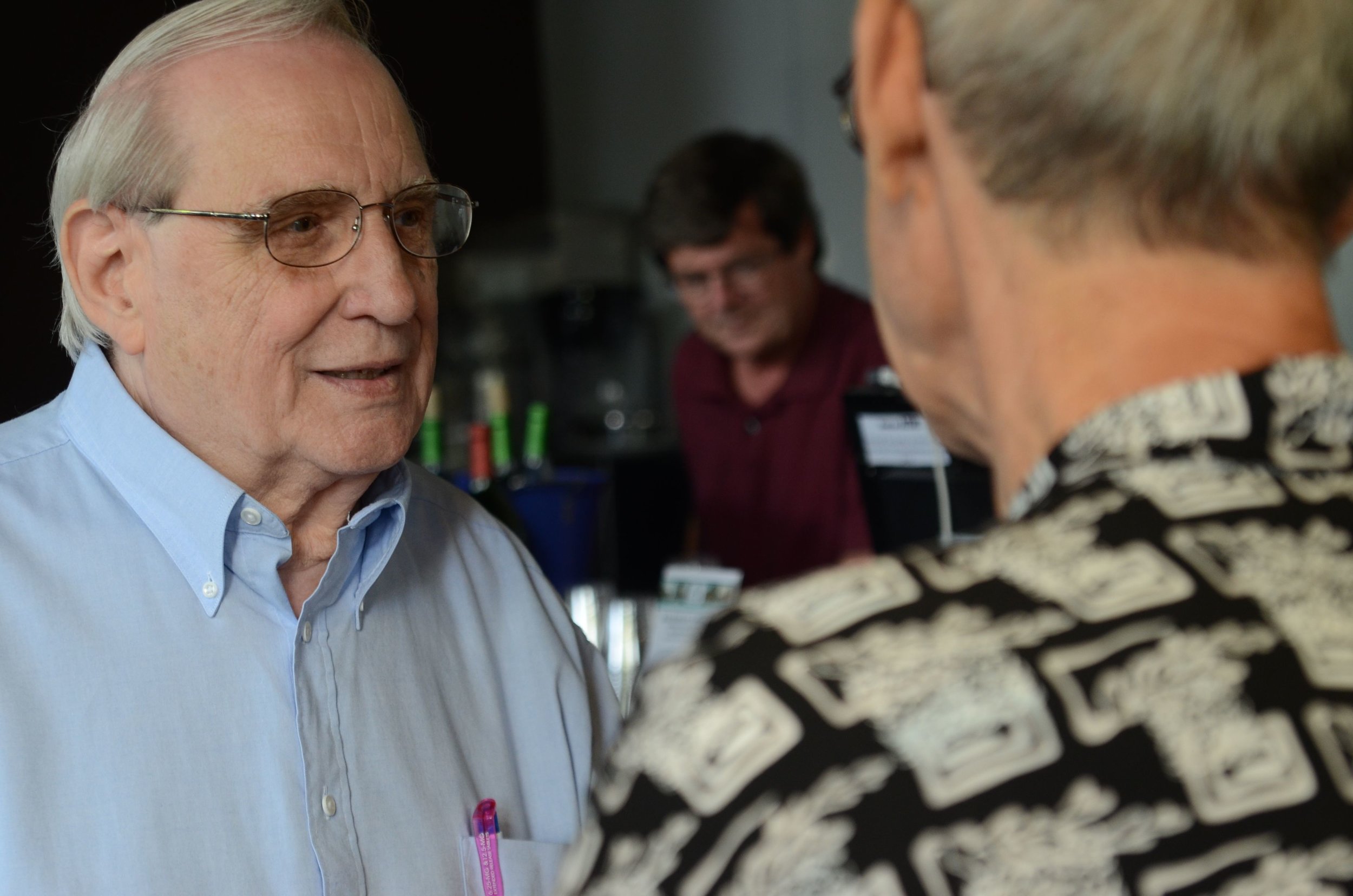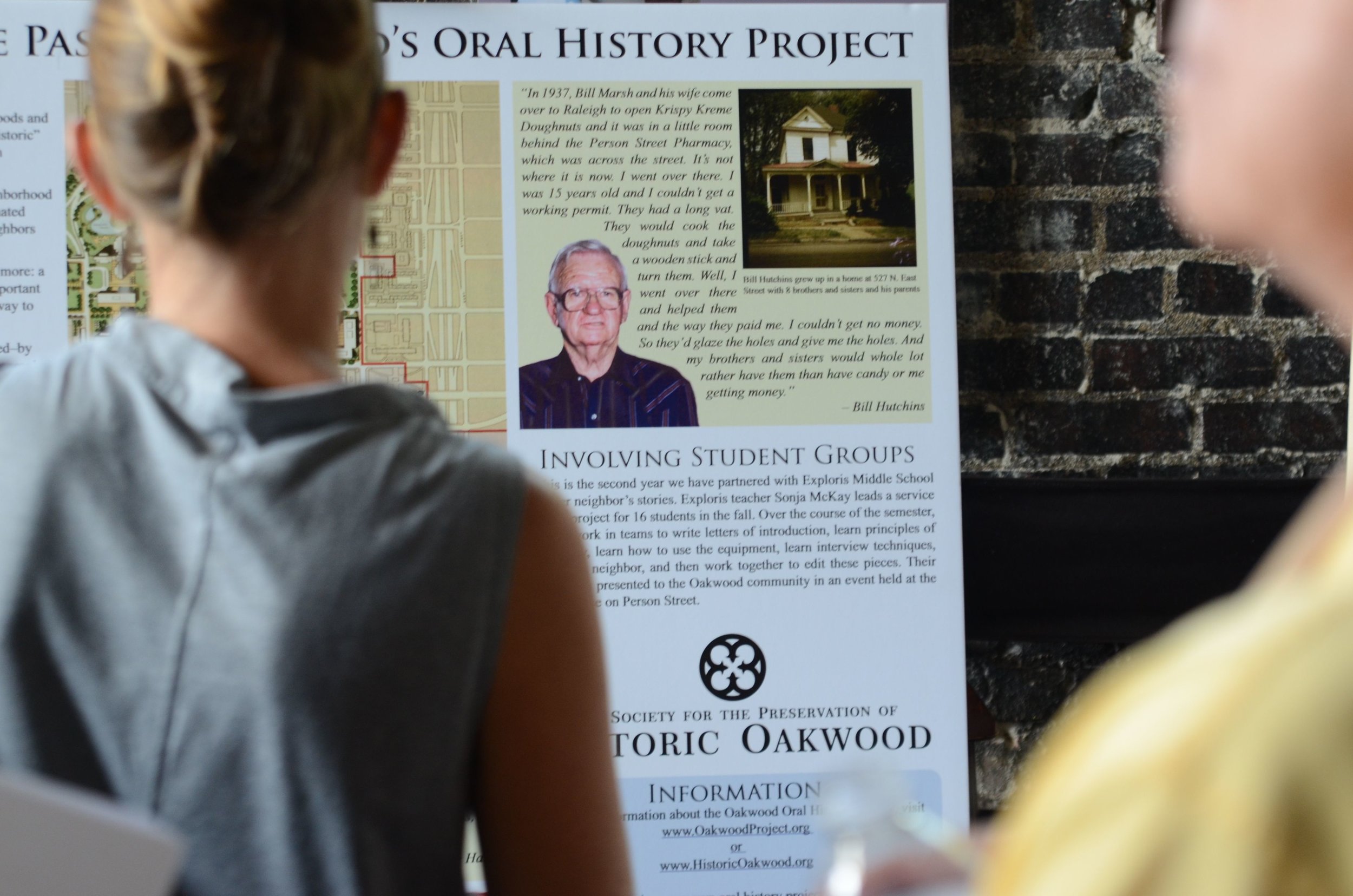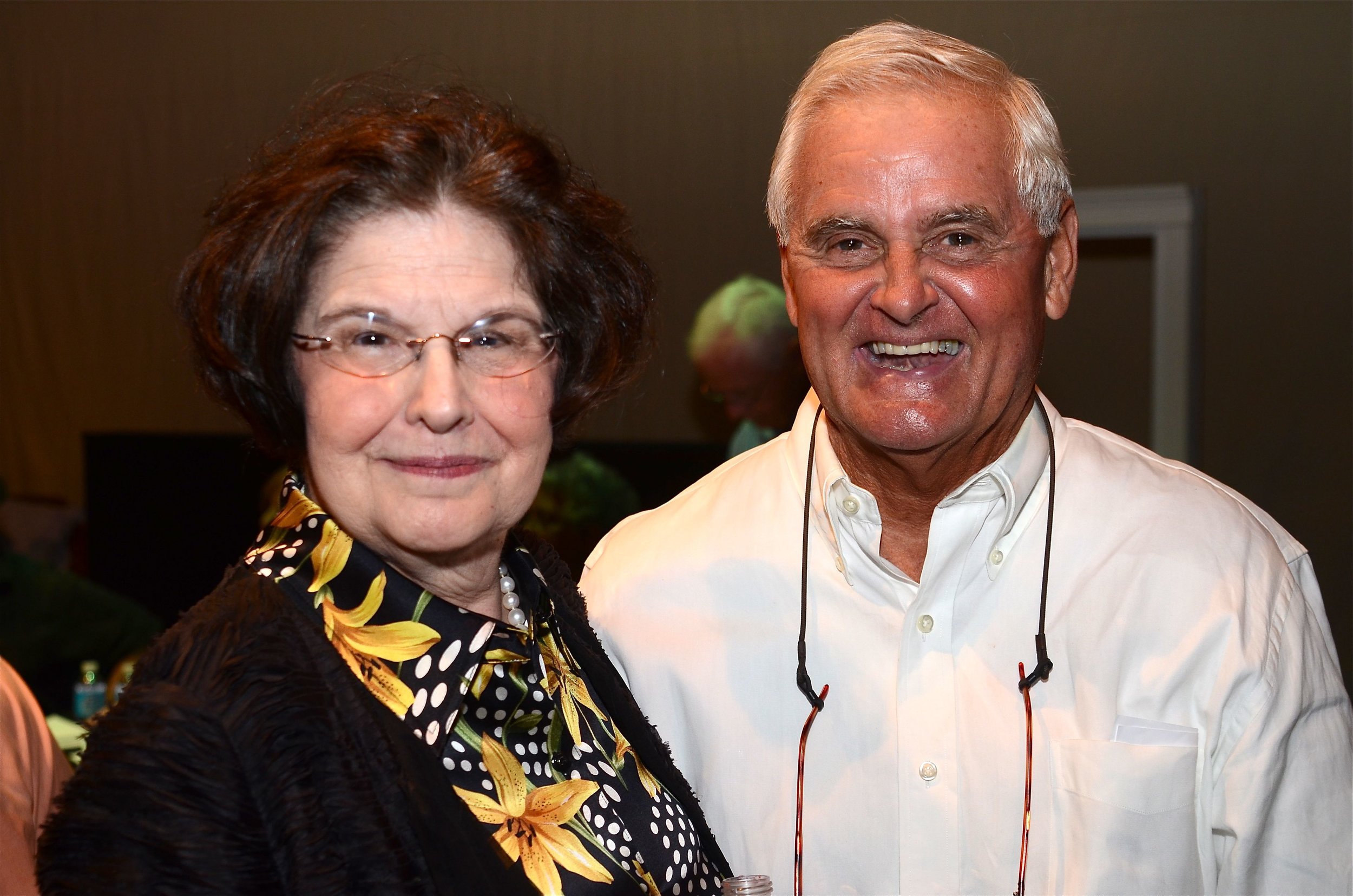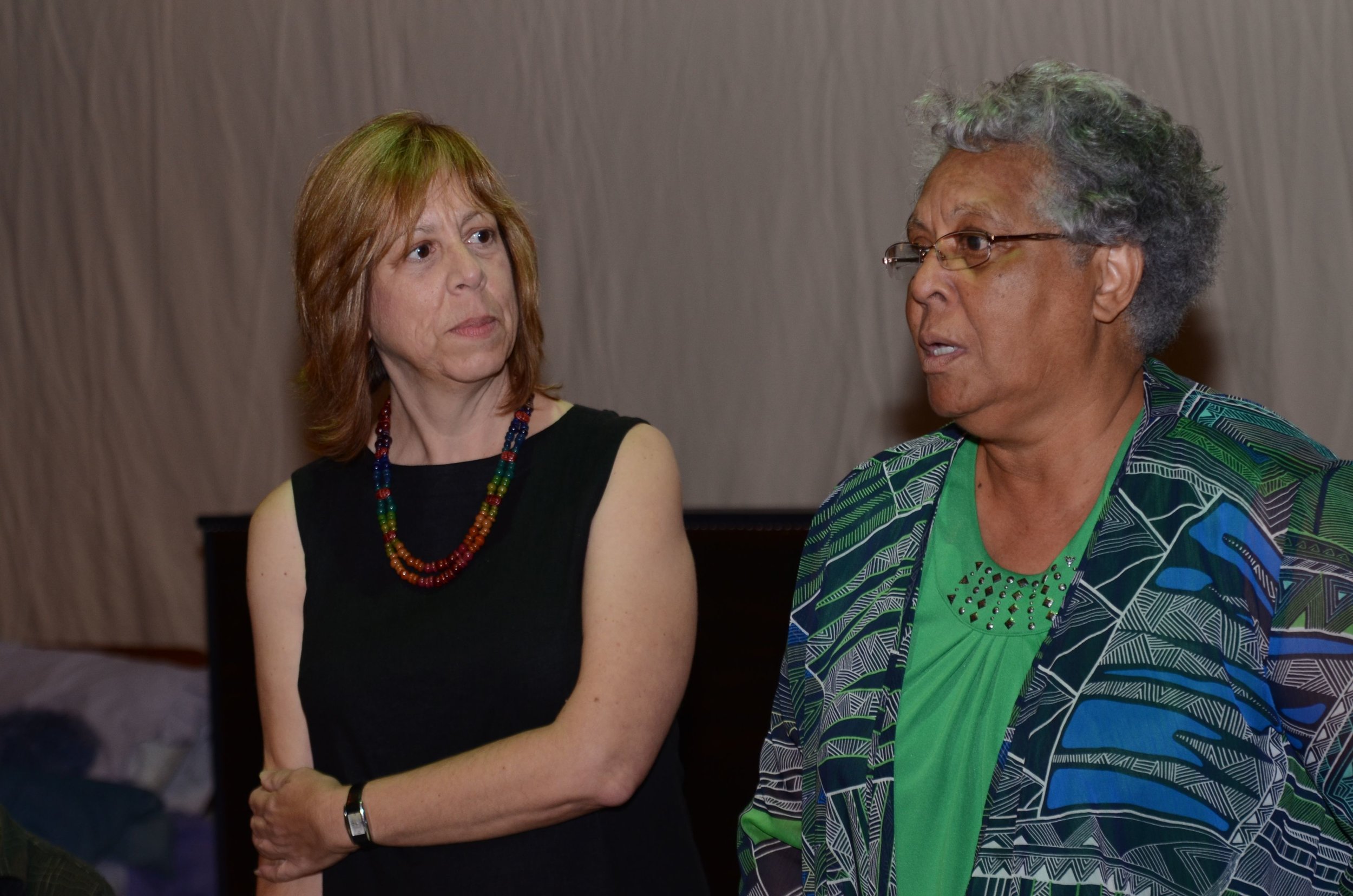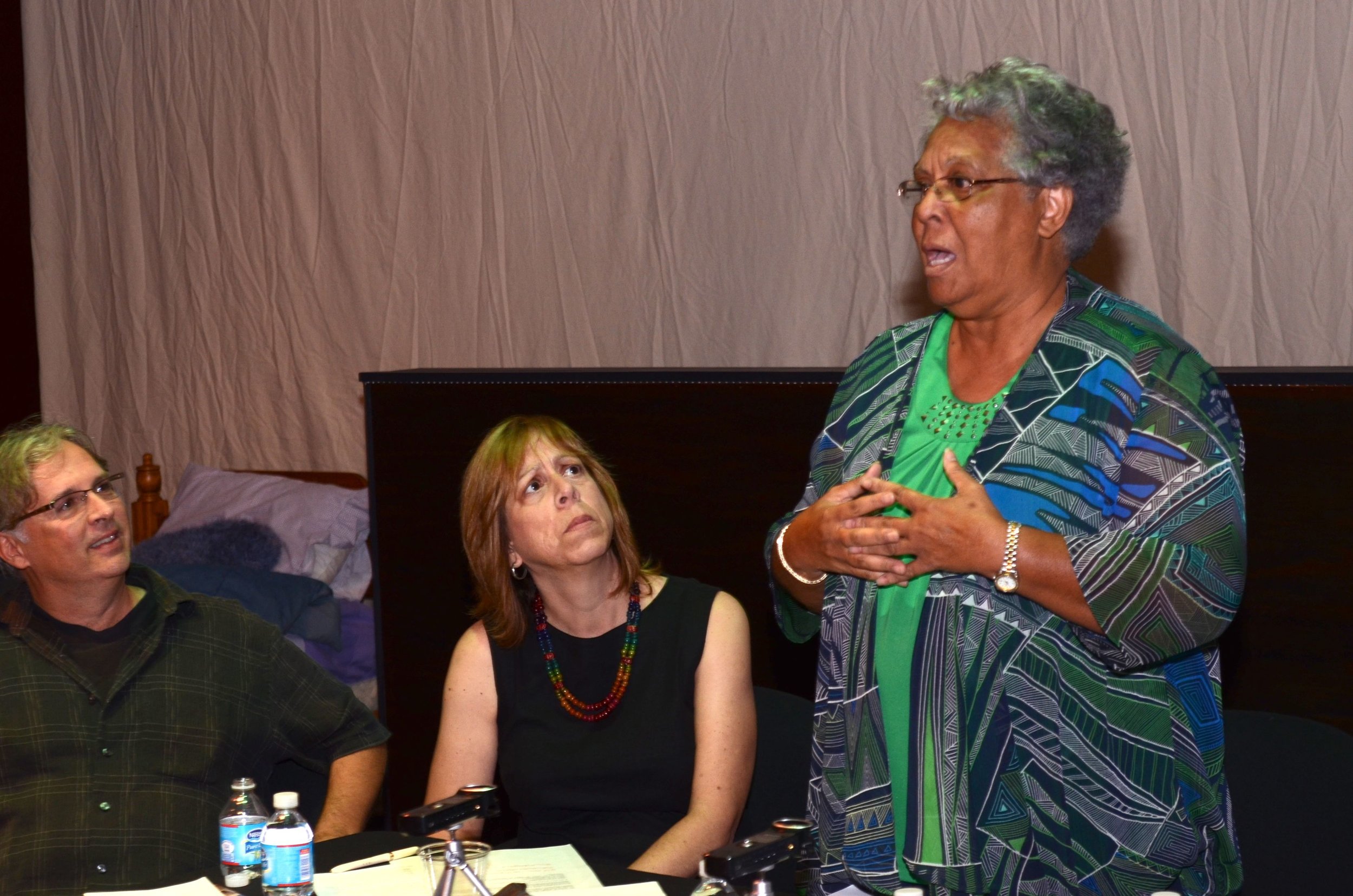The 40th Anniversary of the
Society for the Preservation
of Historic Oakwood
A Highway is Defeated and a Society is Born
1972-2012
The Society for the Preservation of Historic Oakwood coalesced in 1972 to fight a highway project. Today, it's hard to imagine a highway in our neighborhood, but the idea emerged from a 1960s plan to reorganize the state government buildings in a park-like setting. Designers envisioned Modernist offices in a sylvan campus replacing the street grid between the old Capitol Building and Peace Street with small lakes, serpentine walkways, and underground parking accessed via a new North-South Freeway.
At the time, other road-widening and highway projects were percolating around and through central Raleigh. An “improvement” project slated for Clark Avenue mobilized Cameron Park residents, and Oberlin Road faced expansion.
Here in Oakwood, the North-South Freeway loomed. The slated route connected Capital Boulevard (then known as Downtown Boulevard) with what would become Martin Luther King Jr. Blvd. and, farther south, with U.S. 401. For its length downtown, the freeway would cut through Oakwood and Chavis Heights between Bloodworth and East Streets in a sunken, below-grade thoroughfare.
So what happened to the highway? Why was 1972 a watershed year for Oakwood as we know it today? And how can this experience, forty years ago, help us and our neighbors deal with the challenges that urban neighborhoods face today?
Proposed North-South Expressway that would have cut through the heart of the now Oakwood Historic District.
1965 State Capital Plan claiming nearly half of today's Oakwood for development.
Listen and Watch, as Neighbors Recount the story from 1972
This five-minute audio was played at Burning Coal on Friday, September 28, 2012, to celebrate stopping a North-South Expressway from destroying Raleigh’s downtown. Nine voices of individuals are edited together to paint a picture of the setting, events, and emotions of that time.
"Sometimes we felt overwhelmed... It seemed hopeless, like we had made a foolish mistake. The City would have an article in the newspaper saying the North-South freeway was really necessary for the revitalization of Raleigh. Our spirits would go up and down. For every three articles in our favor, there were three more in favor of the highway."
– Barry & Nancy Poe
Those whose voices can be heard include Eric Ennis, Ronnie Ellis, Barry and Nancy Poe, Barbara Wishy, Betsy Buford, Randy Hester, Mamie Bridgers and Matthew Brown. Many more voices contributed to the early and later efforts in re-establishing Oakwood and surrounding areas as viable and thriving communities, and for that we are deeply grateful.

